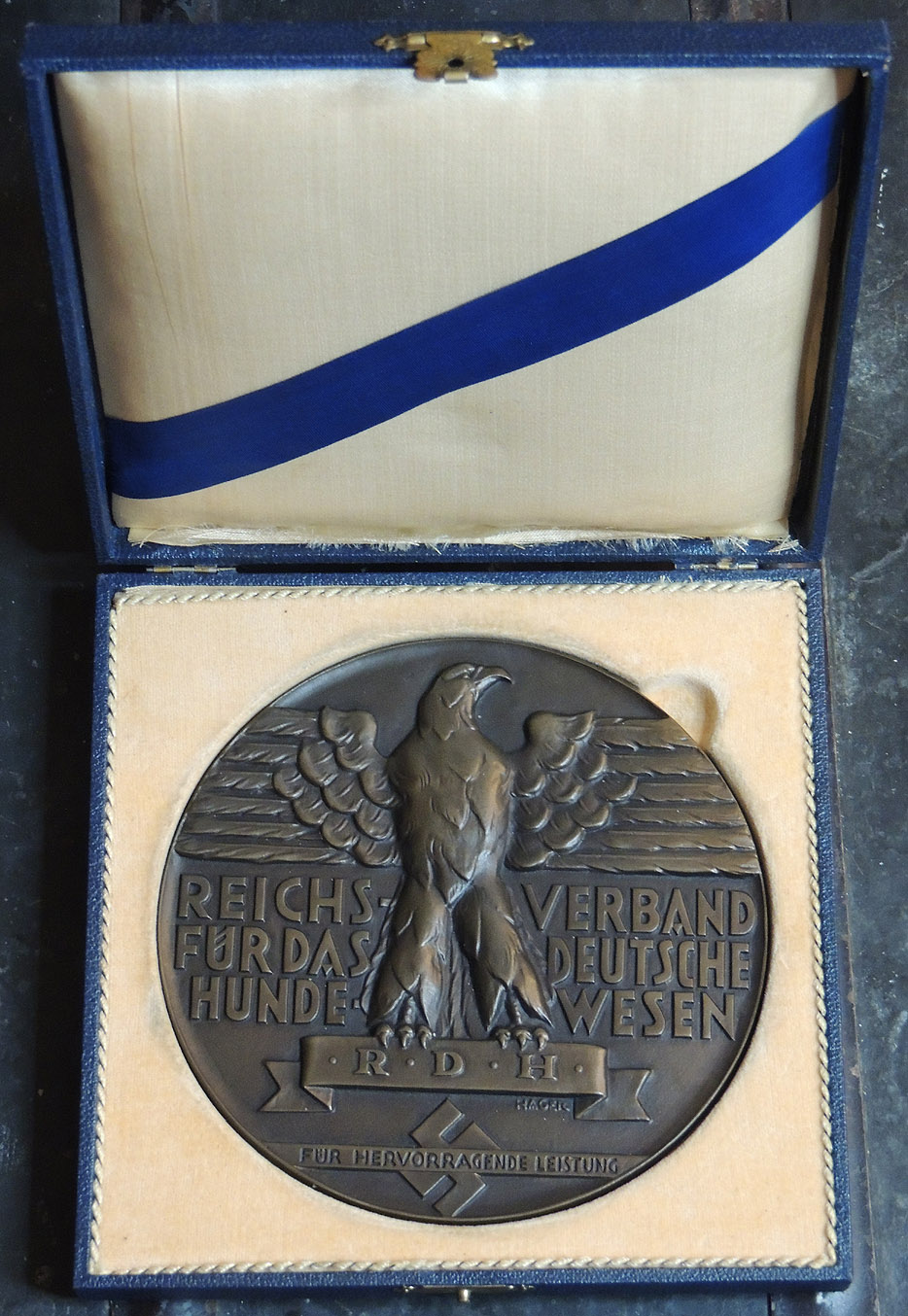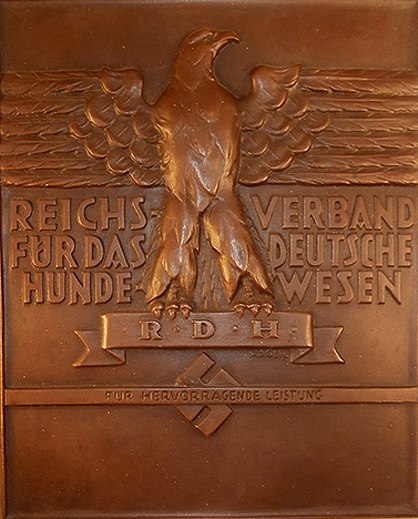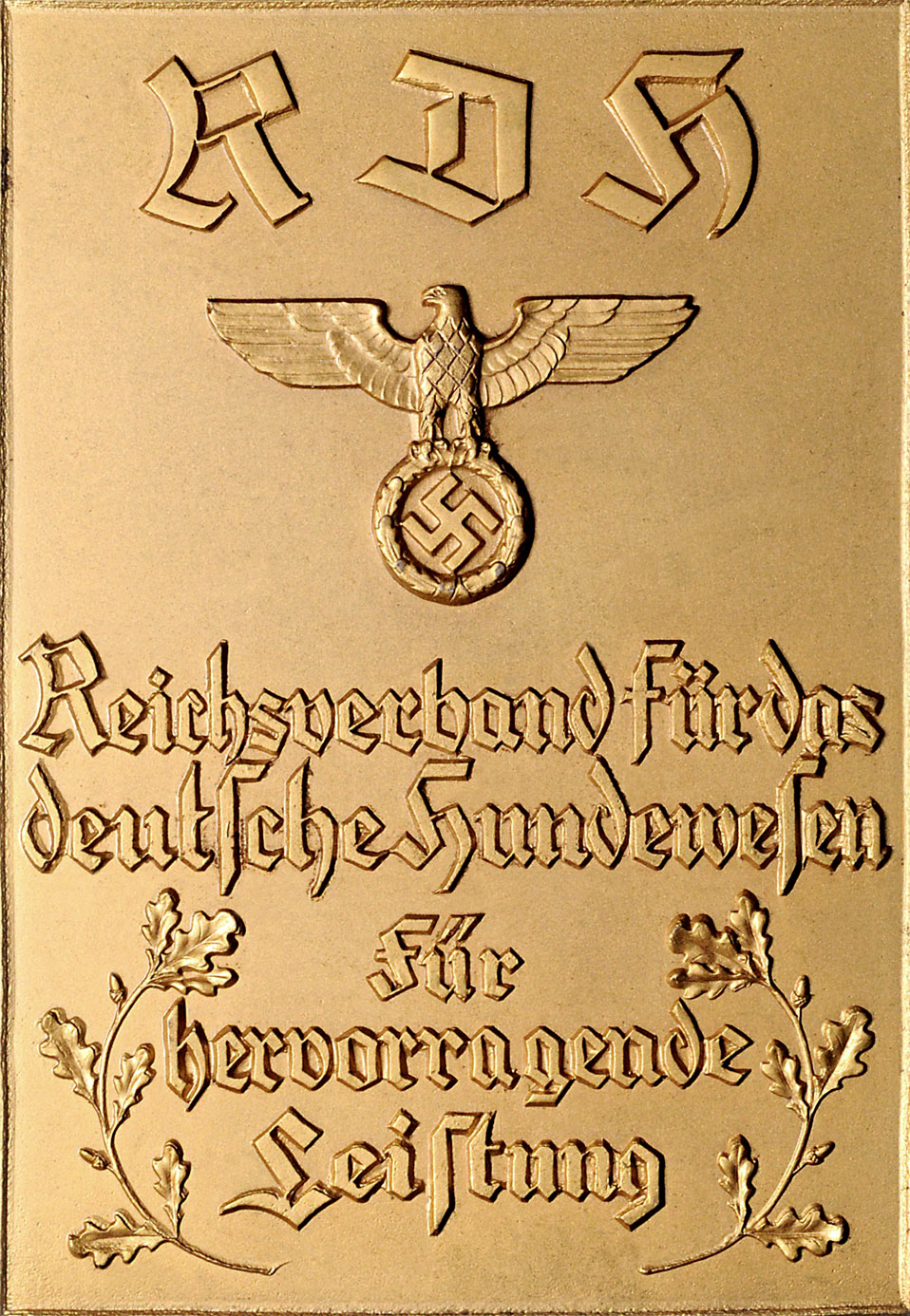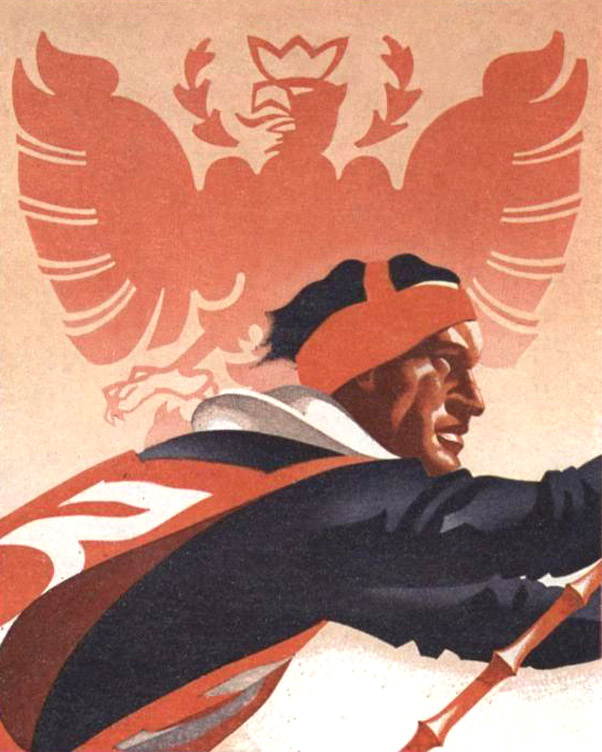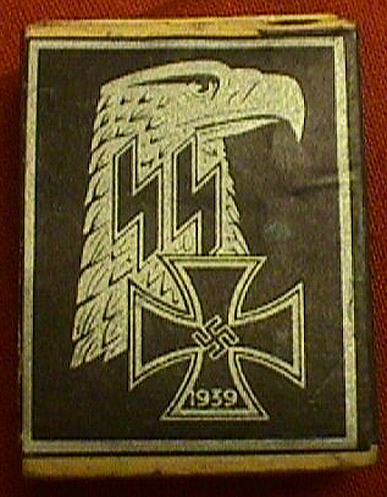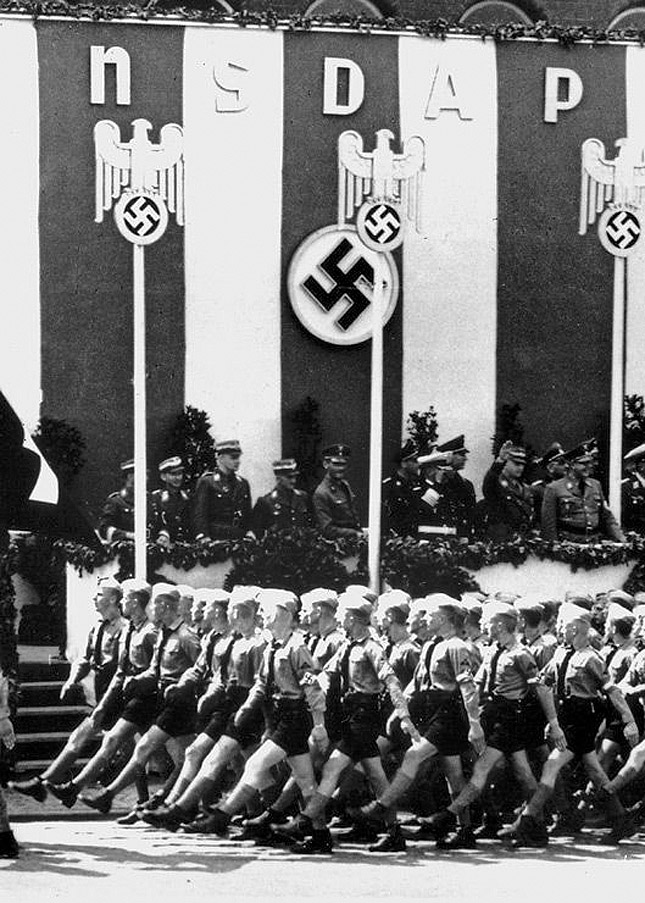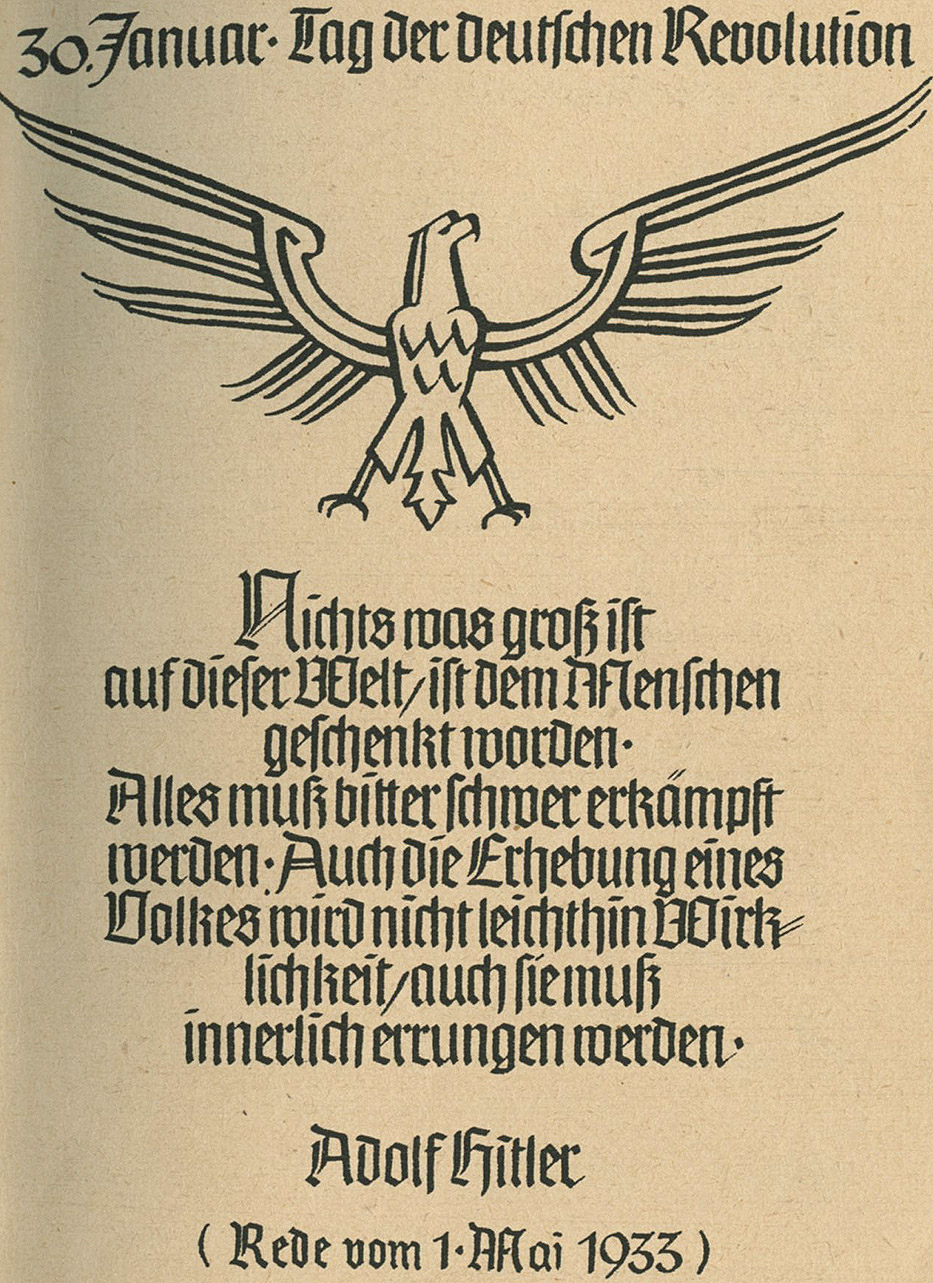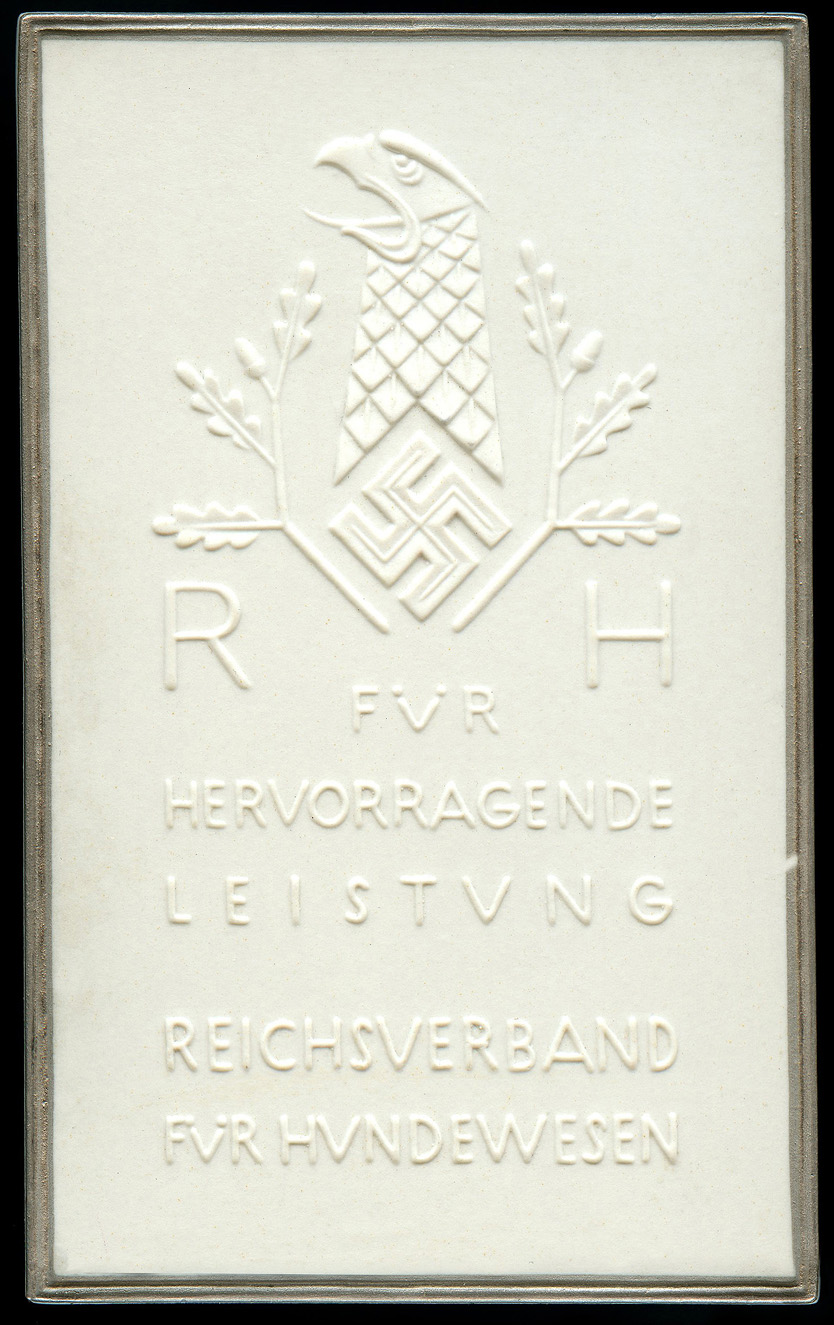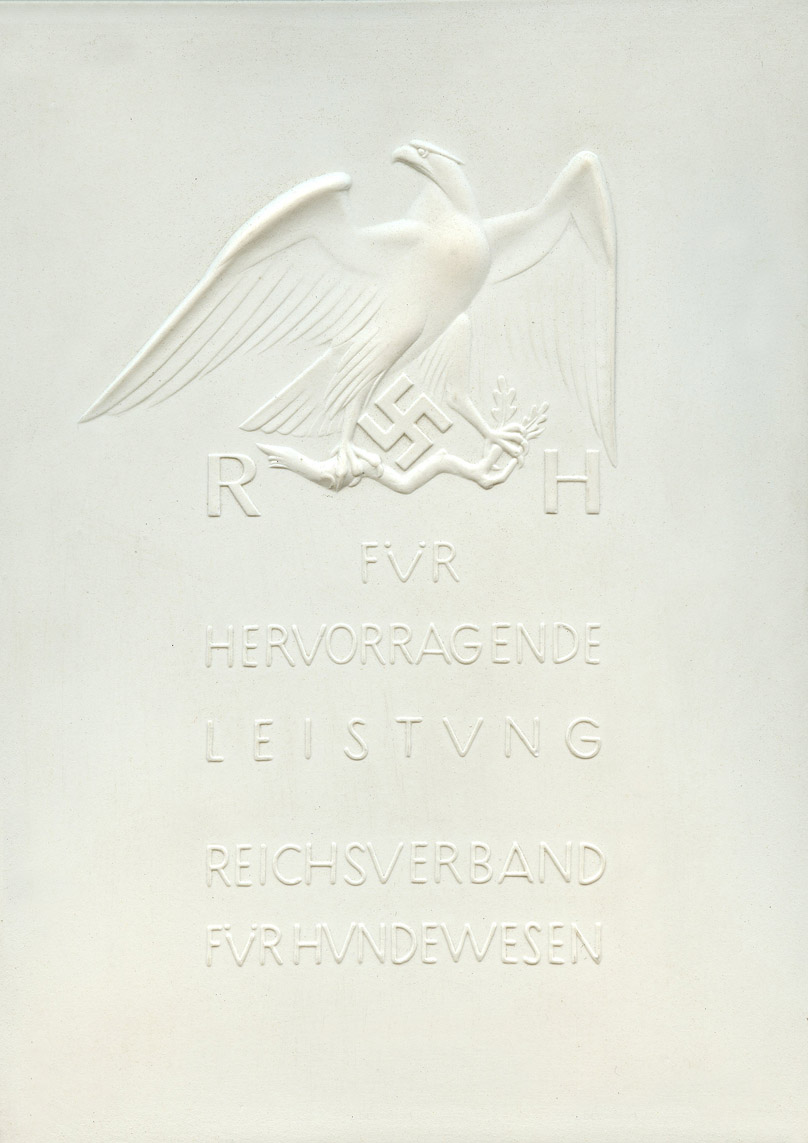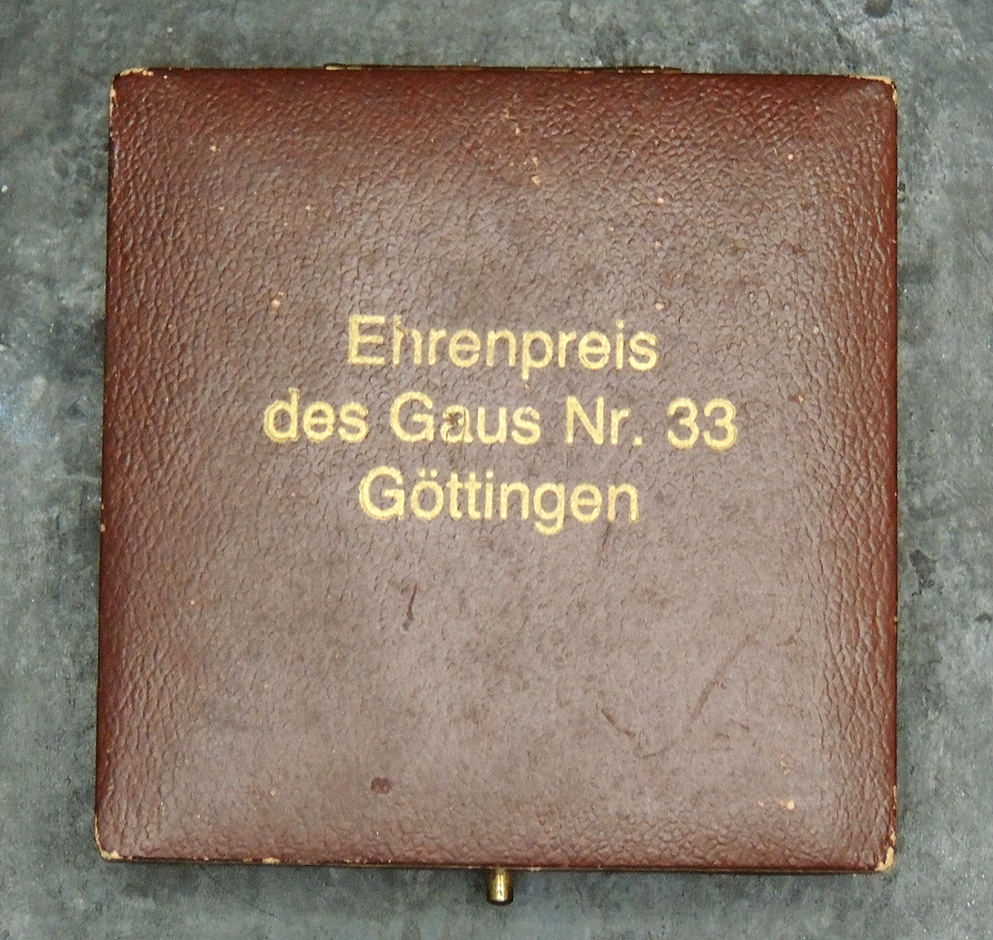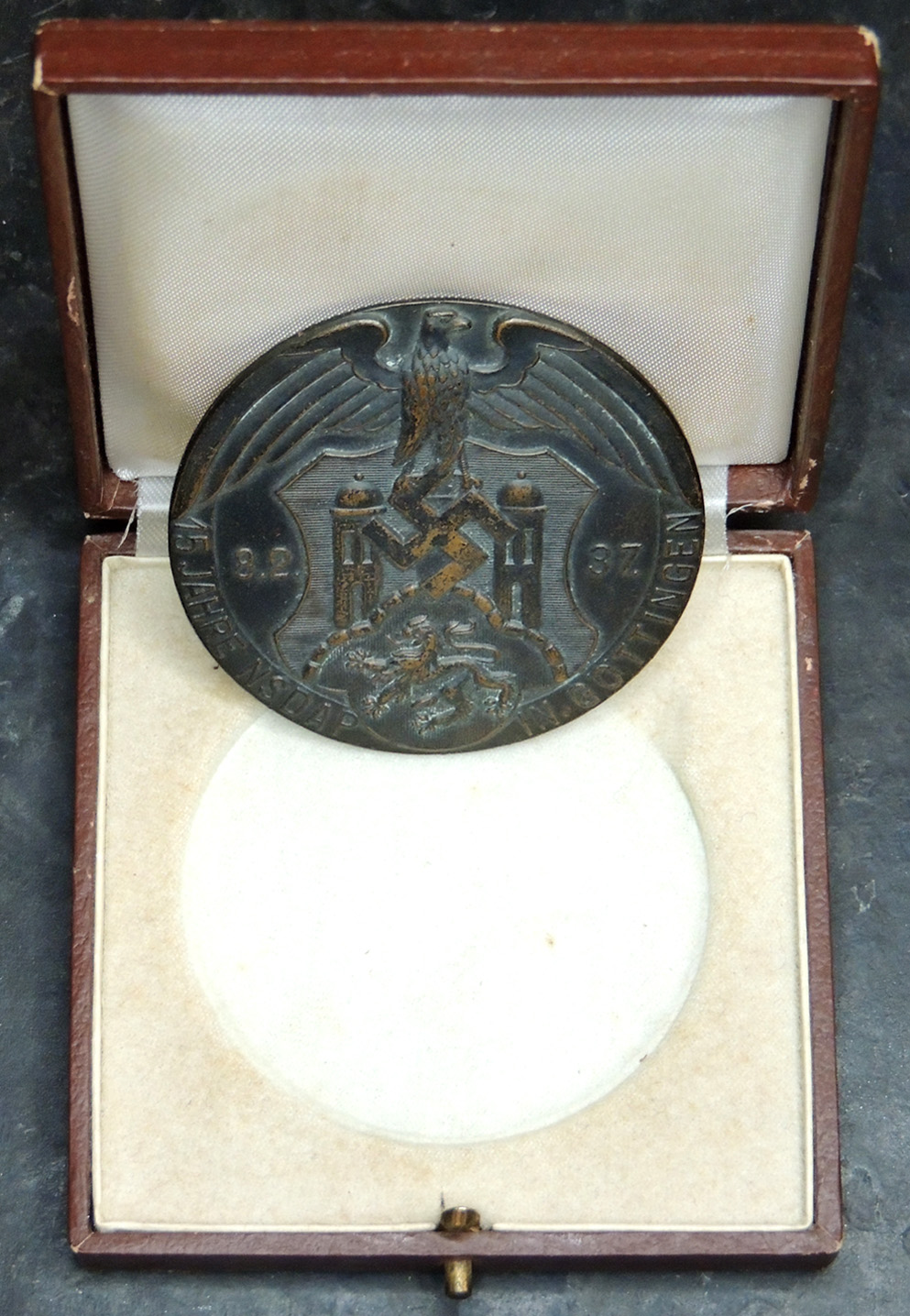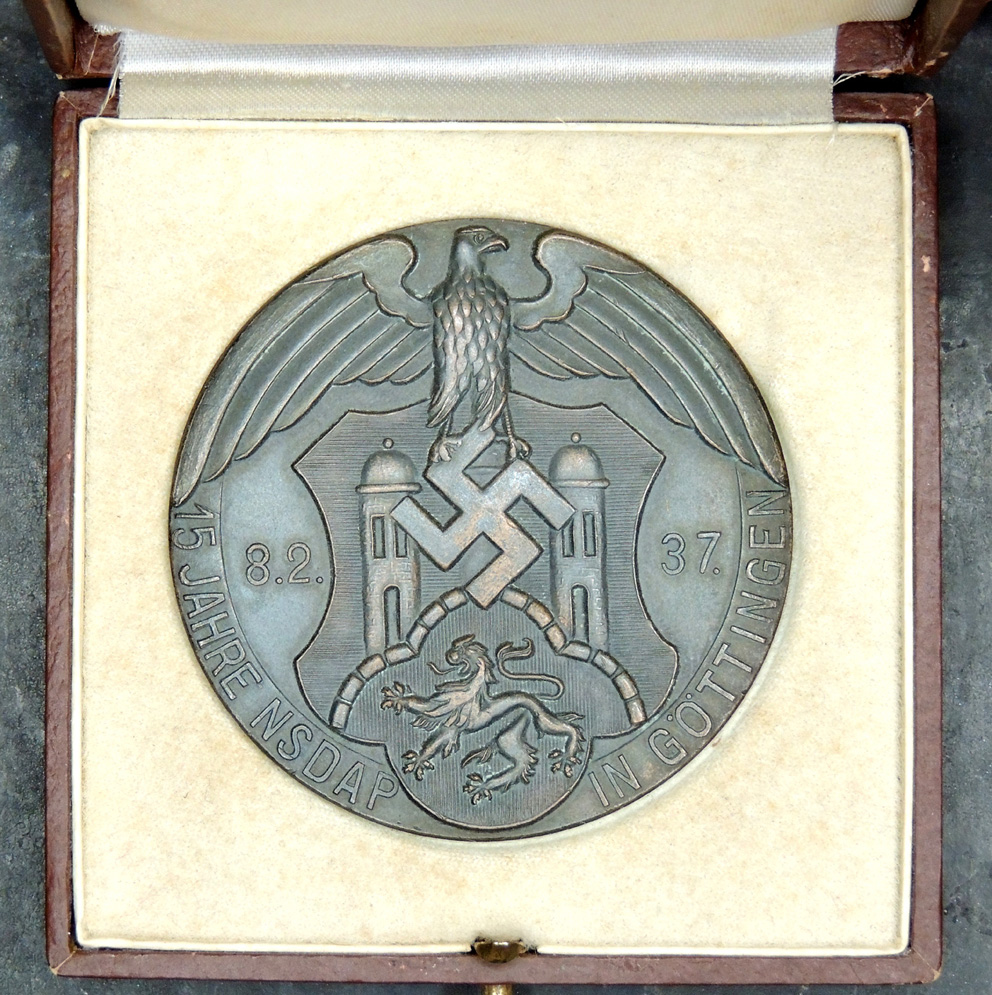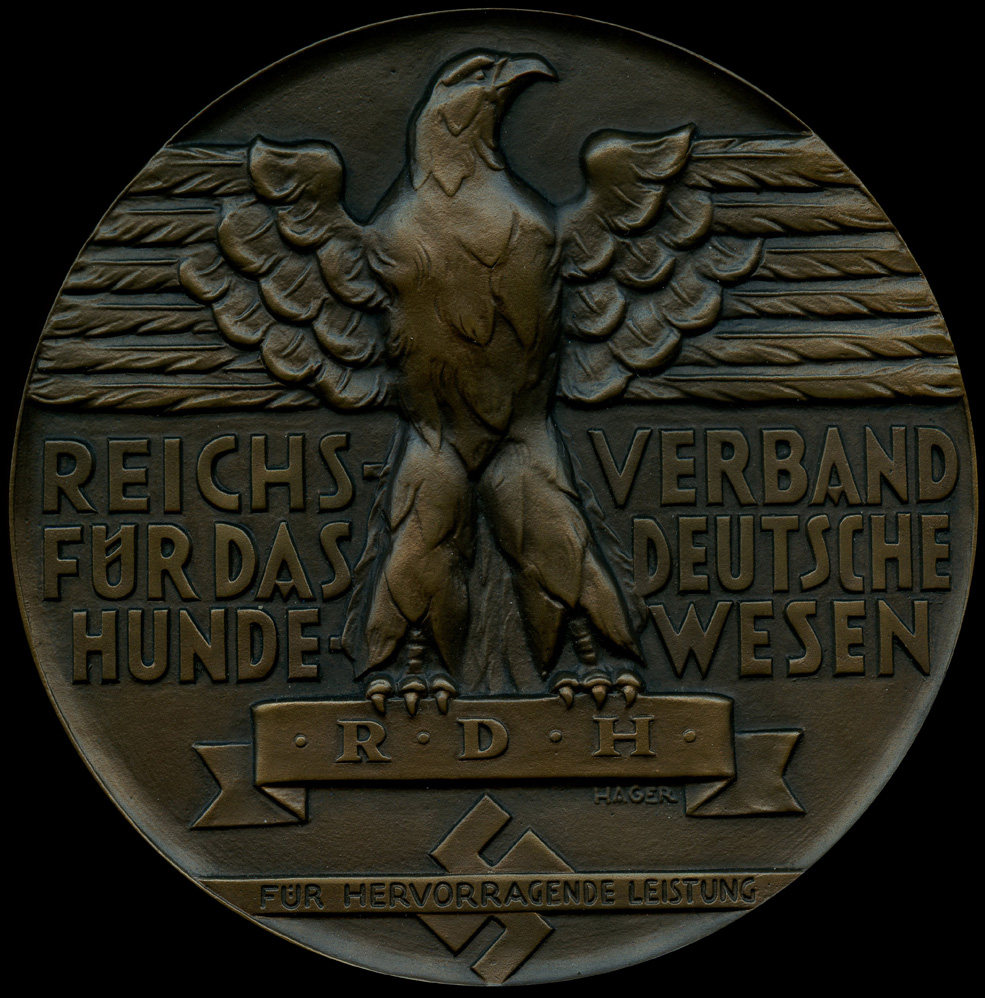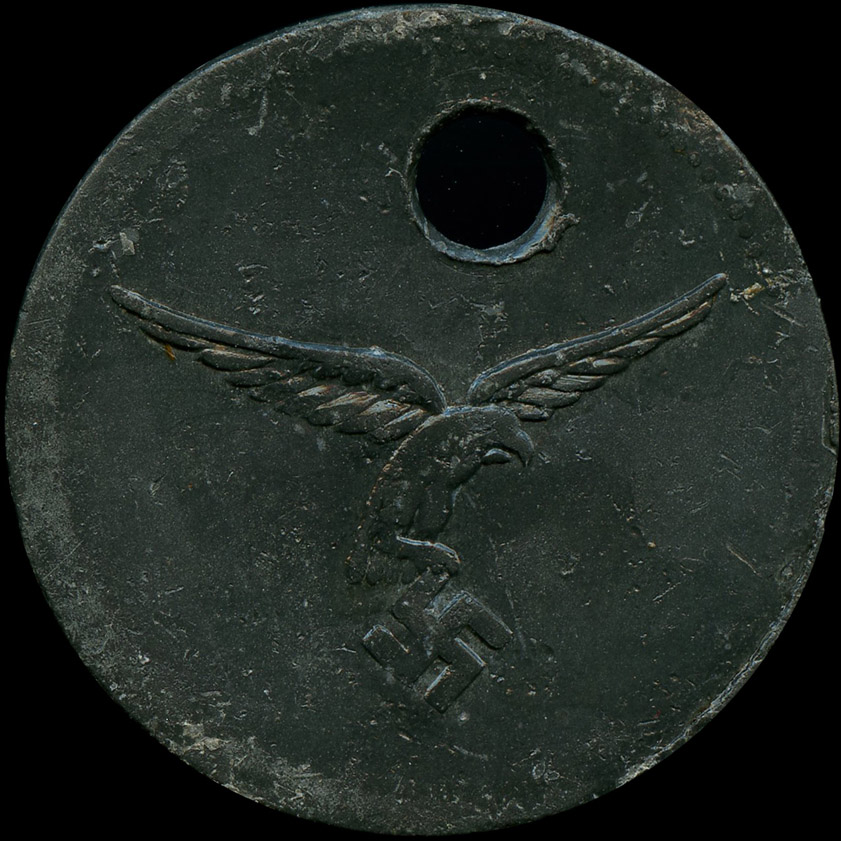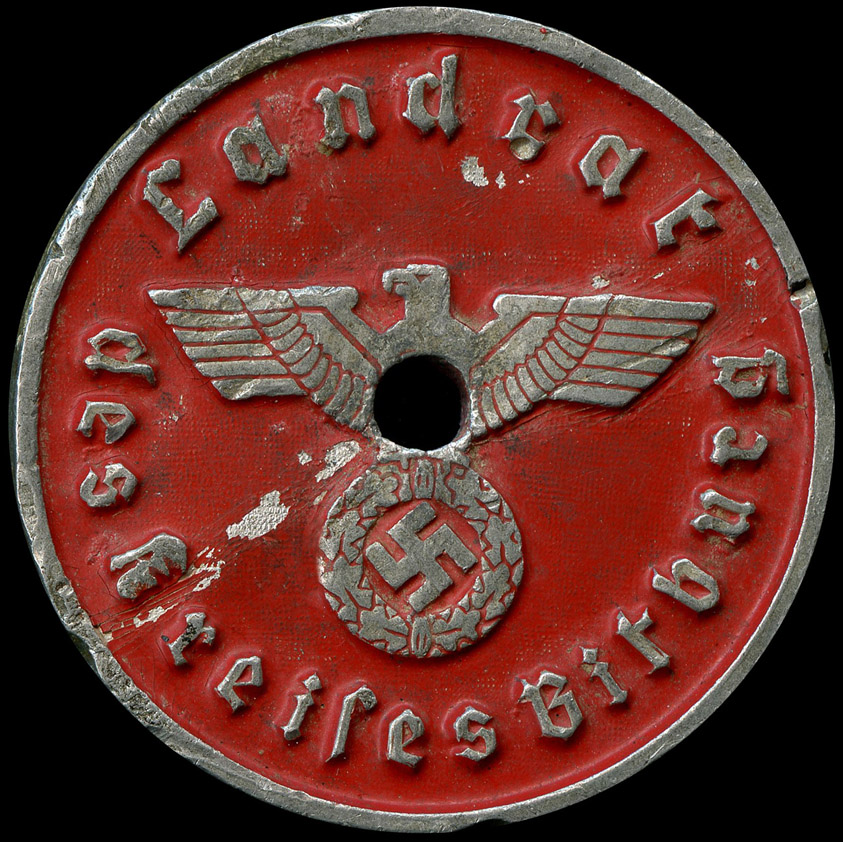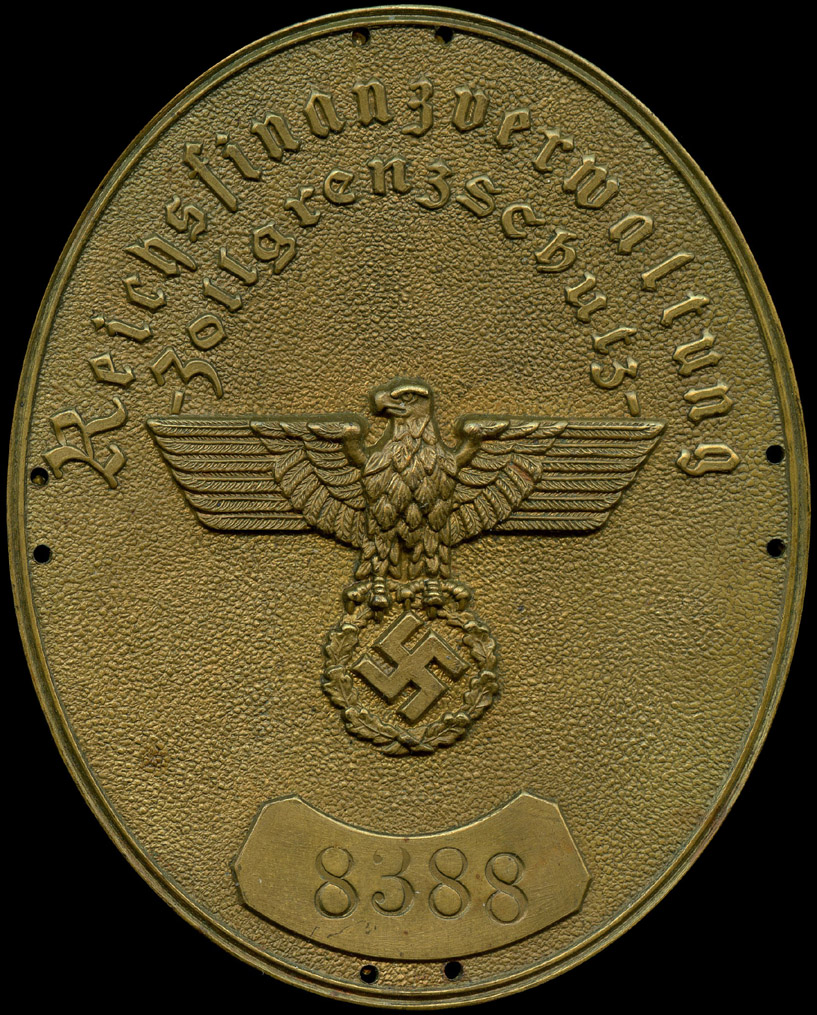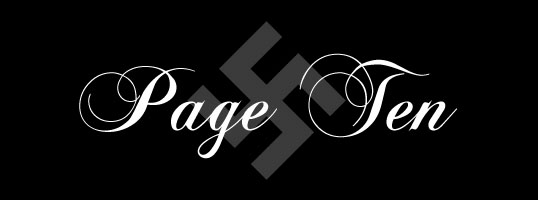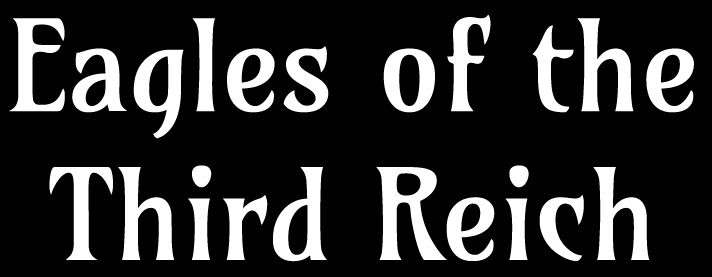
[Below: This 1934 German postage stamp promotes the Saar plebiscite (referendum) which would happen on January 13, 1935 and returned the Saar region back to Germany. Over 90% voted to return to Germany.]
[Below: This 1935 German postcard 'Deutsch ist die Saar' (The Saar is German!).]
[Below: This postcard says 'Saarbrücken, Regierungsgebäude' (Saar government building).]
[Below: This is a vignette stamp, it says 'Die Saar ist Deutsch für alle Zeit - 1935' (The Saar is German for all time - 1935).]
[Below: This is a postcard, it says 'Volksabstimmung 13. Januar 1935 - Saarland Treue zeigt der Welt Wie Deutsches Volk Zusammenhält' (Referendum January 13, 1935 - Saarland Loyalty Shows the World How German People Stick Together).]
[Below: This 1935 German postcard 'Deutsch ist die Saar' (The Saar is German!).]
[Below: Mein Gott! Look at that symmetry! Beautiful. Click to enlarge.]
[Below: This may be one of funniest looking eagles so far. Its face is so funny!]
[Below: Okay, first let me explain the next eight pictures. This first postcard was originally released to celebrate the return of the Sudetenland in 1938. The postcard goes through several major changes as the days went on. I'll point out each one as we go... okay, the cancel on this first one says 'Wir kehrten heim ins Reich' (We returned home to the Reich). At the bottom is says 'Deutschsprachiges Gebiet' (German speaking area).]
[Below: This postcard is much darker and deeper red. The red cancel says 'Tag der Befreiung' (Day of Freedom).]
[Below: Here we see the addition of the two popular slogans 'Wir sind frei!' (We are free!) and 'Ein Volk, Ein Reich, Ein Führer' (One People, One Nation, One Leader). The red cancel says 'Tag der Befreiung' (Day of Freedom). Like the two previous postcards this postcard is still being used in the Sudetenland.]
[Below: Here are some dramatic changes to the postcard. First the addition of 'Ein Volk, Ein Reich, Ein Führer' (One People, One Nation, One Leader). Then you'll notice cities are now marked on the map. Again this postcard was used in Sudetenland.]
[Below: Now this is odd. They blacked out the map... And again this postcard was used in Sudetenland.]
[Below: It gets even stranger with this sloppy black overprint which is badly smeared. Not very German of them. Germans are known for being perfectionists with precision. You can see the edge of the eagle's wing as well. And again this postcard was used in Sudetenland.]
[Below: Now it gets even stranger. They took the map and put an even larger eagle over it; added a Ja! (Yes!) where the swastika normally is found; added the slogan 'Ein Volk, Ein Reich, Ein Führer' (One People, One Nation, One Leader); added city names and added the date '10.4.38. (April 10, 1938) for the date of the Anschluss vote (80% voted to join Germany). And lastly, this postcard is no longer used in Sudetenland, but instead Austria!]
[Below: Very strange. Here we see the last Austrian used postcard used in Sudetenland, yet oddly has a large 'Nürnberg' on the bottom. Hmm... Well, that's all of this series of postcards. I wonder if there are more that I haven't come across yet?]
[Below: Here is a booklet from Denmark's own National Socialist organization called the D.N.S.A.P. (Danmarks National Socialistiske Arbejder Parti). Okay, these aren't eagles, they are some type of crow/raven, but they are so strange and cool that I had to show them to you.]
[Below: Close-up.]
[Below: Here's a neat postcard that was used in Austria during the Anschluss in 1938.]
[Below: Here is one of thousands of dramatic changes that have happened to European streets. Some bombed to ruin, others torn down to make way for Globo-Homo architecture. This comparison says everything (somewhere in Poland). It reminds me of the beautiful Rahowa song 'In the Fires of 1945'
[Below: This is a cool and fairly rare postcard celebrates the return of the Rhineland to Germany, it says
[Below: Now we're going deep into obscurity... let's wipe away the long years of darkness and look at what is said to be Hungary's first 'serious' National Socialist party (National Socialist Hungarian Workers' Party, later known as the Reaper's Cross Party). It was founded by a man named Zoltán Böszörmény, who actually met with Adolf Hitler in 1931. Here is a poster from the party.]
[Below: National Socialist Hungarian Workers' Party symbol and the Reaper's Cross Party. I have to admit, that Reaper's Cross Party symbol is pretty damn cool.]
[Below: Of course the dominant party of Hungary was the Arrow Cross Party, who were loyal comrades to the Germans till the end. Check out their eagle, strange but cool.]
[Below: An Arrow Cross Party flag topper. Now this is neat.]
[Below: Two Arrow Cross Party men before two ferocious woven eagles! Hehe, they actually look identical to something out of an Atari 2600 game. There is also what looks to be two vultures in the painting.]
[Below: This is a powerful postcard, very common and relatively cheap on the market today, it says 'Danzig ist Deutsch' (Danzig is German).]
[Below: The Feldherrnhalle was a monument commemorating the sixteen martyrs who died in the 1923 Putsch. On its east side there was a memorial to fallen SA men who were killed next to the monument. The memorial itself, called the Mahnmal der Bewegung (Memorial of the Movement). It contained the names of the martyrs who died for Germany's freedom and helped pave the way of National Socialism. It was given permanent SS honor guard. Here is a shot of the front with honor guards in 1933.]
[Below: The Mahnmal der Bewegung (Memorial of the Movement) from a side view and a rear view. On the reverse it says 'Und Ihr Habt Doch Gesiegt' (And Despite All You Were Victorious), a slogan made famous by that bloody day of the Putsch.]
[Below: Here's a beautiful work of art that reminds me of the 'Und Ihr Habt Doch Gesiegt' (And Despite All You Were Victorious)...]
[Below: This German postcard bears the name Wartheland (what the Poles called Posen and was later changed by the Germans). It was a disputed region for centuries between Germany and Poland.]
[Below: Wow, these Wartheland eagles were very strong-looking!]
[Below: Wartheland revenues.]
[Below: Wartheland cancel from 1941 commemorating German culture week.]
[Below: Close-up.]
[Below: Here's a neat and rare one for you. This postcard is from 1935 and says 'Vorüber die Knechtschaft - Die Saar ist Frei!' (The Bondage is over - The Saar is Free!)]
[Below: This is what's called a 'table medal'. It is an award that you don't wear, more like you might display it on a table in its case. It says on the front (left)'Treu Deutsche die Saar Immerdar' (Faithfully German the Saar Forever). And on the back it says 'Dem Sieger 4. Westmark
Kampfspiele Völklingen D.T. 1934' (To the winner [of the] 4th Westmark Combat Games People's Union D.T. 1934)]
[Below: There are many hundreds of cancels and eagle/swastika cancel variations found on 1938 Sudetenland envelopes and postcards. Some are extremely crude, while some are beautiful. Here is a tiny, tiny sample of some of the better ones...]
[Below: This beauty is a fold-out postcard that celebrates the return of the Sudetenland and the Austrian Anschluss.]
[Below: Here is a commemorative Sudetenland silk hankerchief... very neat. On the bottom you'll see the 'SdP' symbol of the 'Sudetendeutsche Partei' (Sudeten German Party). They used this stylized symbol after the National Socialist Party and the swastika were banned by the occupying Czech authorities. You can find other various silk hankerchiefs like this from the period, like one with German and Italian flags commemorating when Mussolini visited Germany.]
[Below: This is a neat-looking postcard. I'm not even going to tell you what Sudetenland ist Frei! is, because certainly if you've been paying attention you already know what it says!]
[Below: Here is a Luftwaffe eagle decal from a helmet.]
[Below: Here is a souvenir sheet from August 1937 (4th Race for the 'Brown Ribbon'). Note the red overprint came after the sheet beneath was released. The sheet beneath it was released on June 22, 1936 and was the 3rd Race for the 'Brown Ribbon']
[Below: Close-up of overprint. ]
[Below: Relief for the Hall of the Slovak Parliament, 1939.]
[Below: Another Slovakian eagle.]
[Below: Franz Karmasin giving a speech at rally held by the German Front on Soldiers' Day. This was composed of the German minority in Slovakia, 1940.]
[Below: Der Schulungsbrief, 1939. I love the picture on this one...]
[Below: This beauty is taken from a 1939 book called 'Ewiges Deutschland' (Eternal Germany). 'Mein Eigen' means 'My Own'...]
[Below: A Party Day I presume?]
[Below: These are 1939 SA table medals from the Reichswettkämpfe der SA Berlin (Reichs Competition of the Berlin SA) held in Berlin. The pictures don't do them justice, they are true beauties and large and heavy (4" diameter). From left to right is the 5th and 6th place. Front/back.]
[Below: Eagle close-up.]
[Below: Here is a 25 years of service police medal. Talk about pictures not doing justice, this medal is absolutely gorgeous! Gleaming gold. Truly beautiful.]
[Below: This eagle was taken from a postal regulation manual and has kind of a weird snub nose.]
[Below: Wow, this is one of my favorites! It comes from a small booklet magazine from 1937 called 'Ludendorffs
halbmonatsschrist' (Ludenforff's Semi-Monthly).]
[Below: This is a 1944 German leaflet dropped on Russian troops appealing to them to join the German side.]
[Below: The mighty eagle of Kurt Schmid-Ehmen, he was also the creator of various famous eagles throughout the Third Reich, including the spectacular Nuremberg eagle.]
[Below: The enormous and breathtaking Nuremberg eagle by Kurt Schmid-Ehmen.]
[Below: The Nuremberg eagle by Kurt Schmid-Ehmen. The Allies used explosives and blew this work of art to dust after the war. Criminals. They destroyed countless works of art from the Third Reich. The American government, courtesy of their army of murderers, bandits and rapists, literally stole THOUSANDS of German works of art after the war. Even today they have them hidden away from the public. Insanity. Their beauty is dangerous. It may awaken pride and other banned feelings in white people. Or all people, for that matter.]
[Below: A desktop version of the Nuremberg eagle by Kurt Schmid-Ehmen done in bronze and marble.]
[Below: A postcard of the Nuremberg eagle by Kurt Schmid-Ehmen.]
[Below: A breathtaking vase made for the Reich Chancellery designed by Karl Diebitsch.]
[Below: An eagle awarded to an agricultural director! Amazing...]
[Below: This ceramic beauty is a dog breeder/trainer award! It is 4 x 2½ inches and says:
'RH
(RH
[Below: Click to enlarge.]
[Below: Wow, this one is much larger and heavier than the first example! This thing is beautiful! It is 7¼ x 5 inches and says:
'RH
(RH
[Below: Click to enlarge.]
[Below: This is the case to a large table medal. It says:
'Ehrenpreis des Gaus Nr. 33 Göttingen'
(Honorary prize of the Gaus No. 33 Göttingen)
Göttingen is a city in Lower Saxony, central Germany.
Click to enlarge.]
[Below: This is a beautiful large table medal (made by RZM). It says:
'15 Jahre NSDAP in Göttingen - 2.8.37'
(15 Years NSDAP Göttingen - 2.8.37)
Click to enlarge.]
[Below: Close-up. Click to enlarge.]
[Below: Close-up.]
[Below: 1939 Nuremberg Rally combat games 3rd place table medal. Due to the war this rally never happened and was canceled. Below you will see other items advertising the canceled 1939 Nuremberg Rally. This is more proof that Germany did not intend on going to war. They were in the final stages of planning the rally, even making postcards and 1939 Nuremberg Rally stamps for NSDAP membership books (see below).]
[Below: 1939 Nuremberg Rally combat games 3rd place table medal. Front/reverse.]
[Below: 1939 Nuremberg Rally postcard.]
[Below: 1939 Nuremberg Rally stamps for NSDAP membership books.]
[Below: Wow! While it's hard to compare this award with the ceramic ones, this is gorgeous! It is 6 inches in diameter and very heavy. Truly all three of these awards are works of art. It says:
'Reichsverband
(Reichsverband
[Below: Please note that beyond some maker marks all three of these dog awards are blank on their reverse. Click to enlarge.]
[Below: A variation of the bronze table award above for the Reichsverband Für Das Deutsche Hundewesen (Germany's Kennel club for dogs). The RDH standing for Reichs Deutsche Hundewesen. The bottom where it says 'Für Hervorragende leistung' means For 'Outstanding Performance'.]
[Below: Another dog performance table medal.]
[Below: Here's an eagle graphic from a postcard from the 1936 Olympic Ski Competition in Innsbruck. A rare eagle wearing a crown.]
[Below: This matchbook is simply COOL.]
[Below: Hitler Youth march at an NSDAP rally.]
[Below: This is a page from a 1941 book called 'Wir Mädel Singen - Liederbuch des Bundes Deutscher Mädel' (We Girls Sing - Songbook of the League of German Girls).]
[Below: This is a Luftwaffe property tag (on the back are numbers). It's 1½ inches and looks to be made of zinc. Click to enlarge.]
[Below: This is a license plate tag. It's 1¾ inches and is made of painted aluminum. Attached to a vehicle license plate it would signify an official vehicle used by the 'Landrat' (Country Commissioner). This particular tag is from Bitburg (30 miles northeast of Luxemburg). Click to enlarge.]
[Below: This is a beauty! This is a National Finance Association sleeve shield. It measures 3¼ x 2½ inches wide. This organization was part of the customs service. It says: 'Reichsfinanzurwaltung Zollgrenzshutz' (Reich Finance Administration Customs Border Protection). It's made of brass and is meant to be sewn on the sleeve of an official. It's a truly beautiful item and very large. Click to enlarge.]
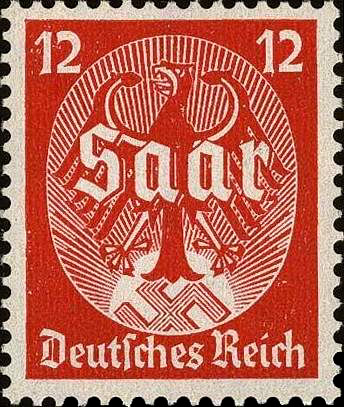
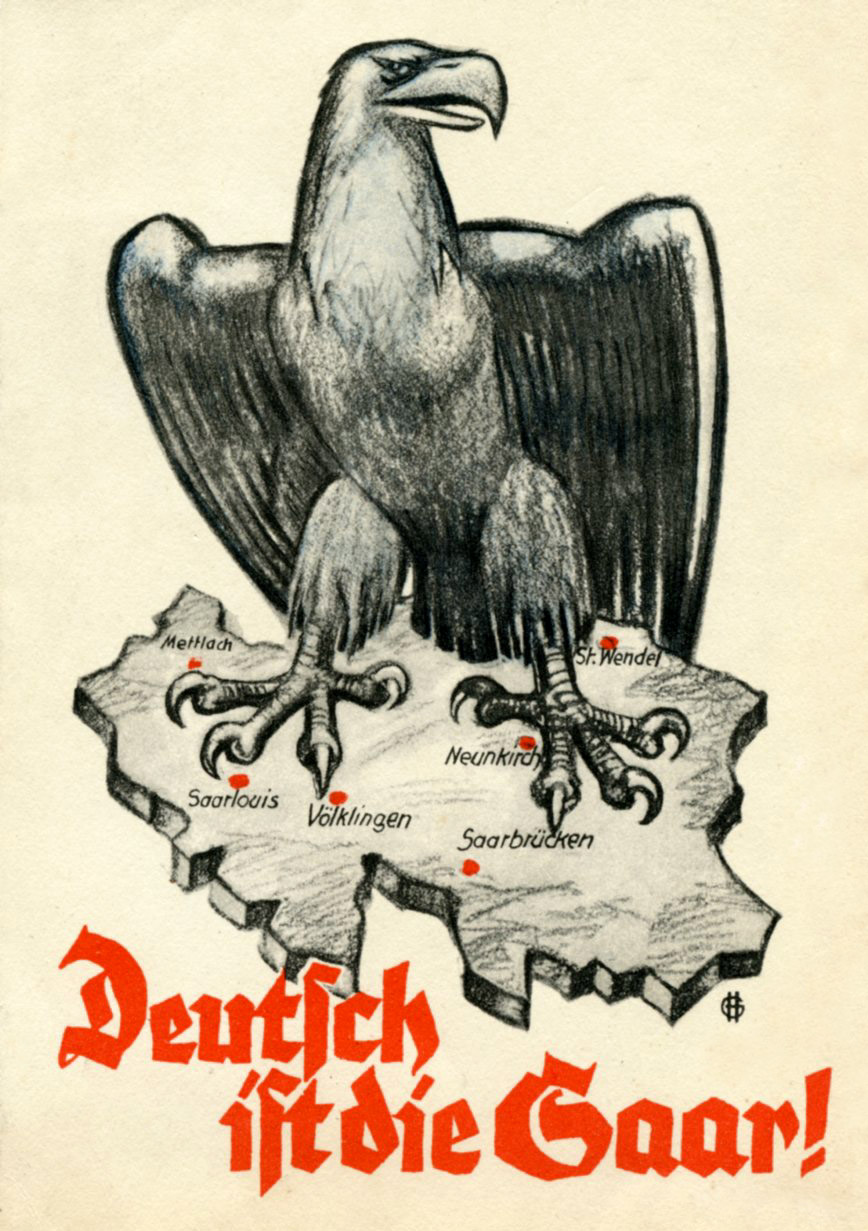
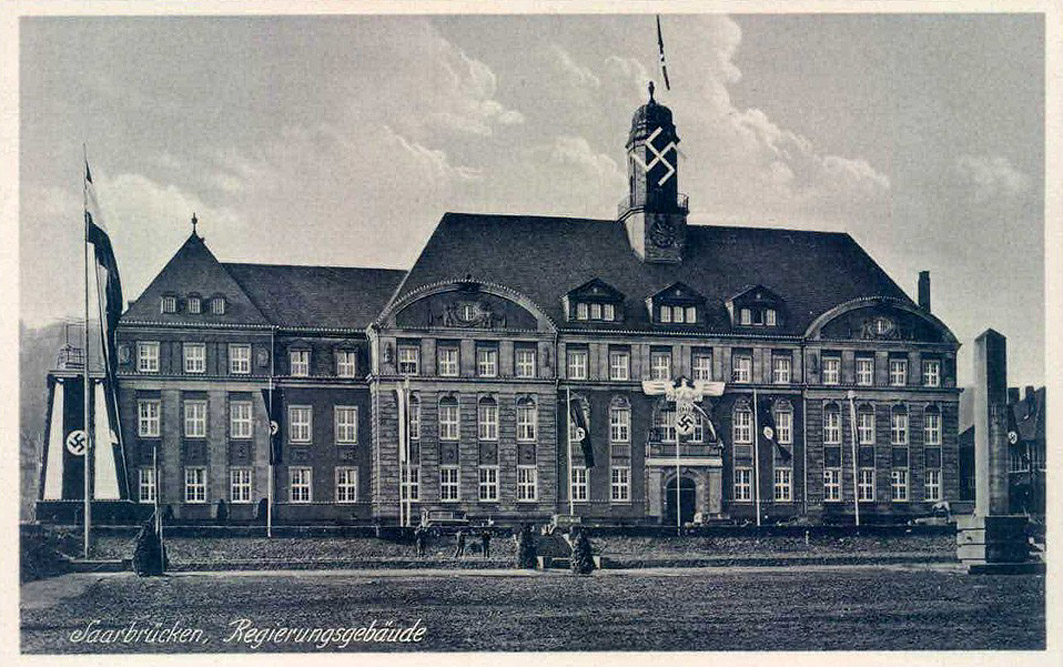
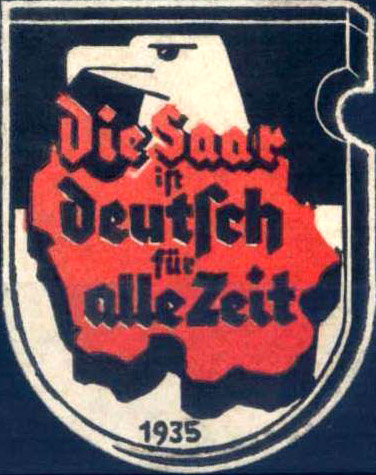
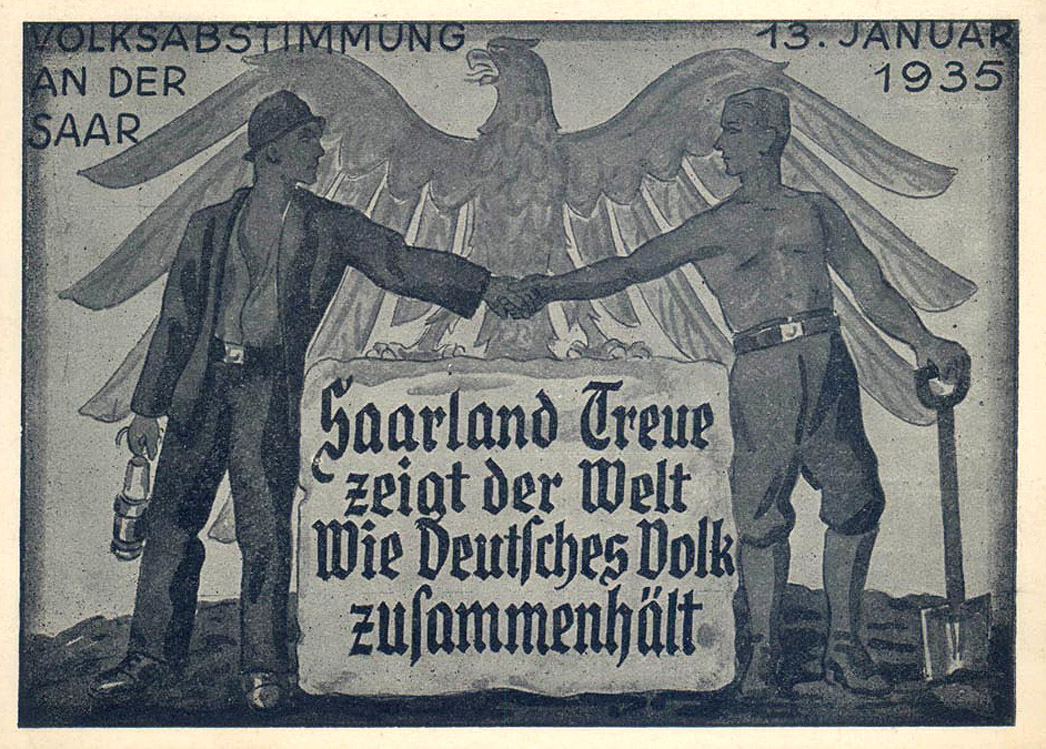
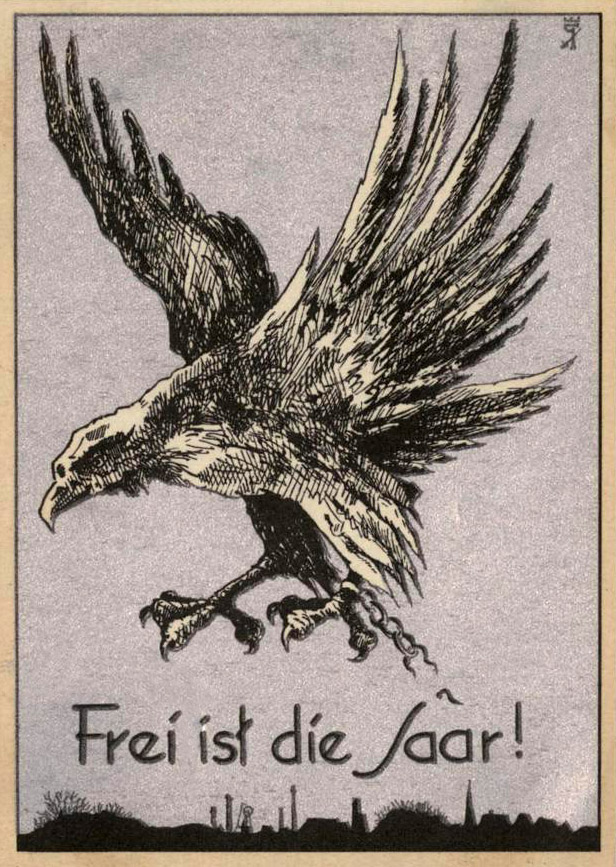
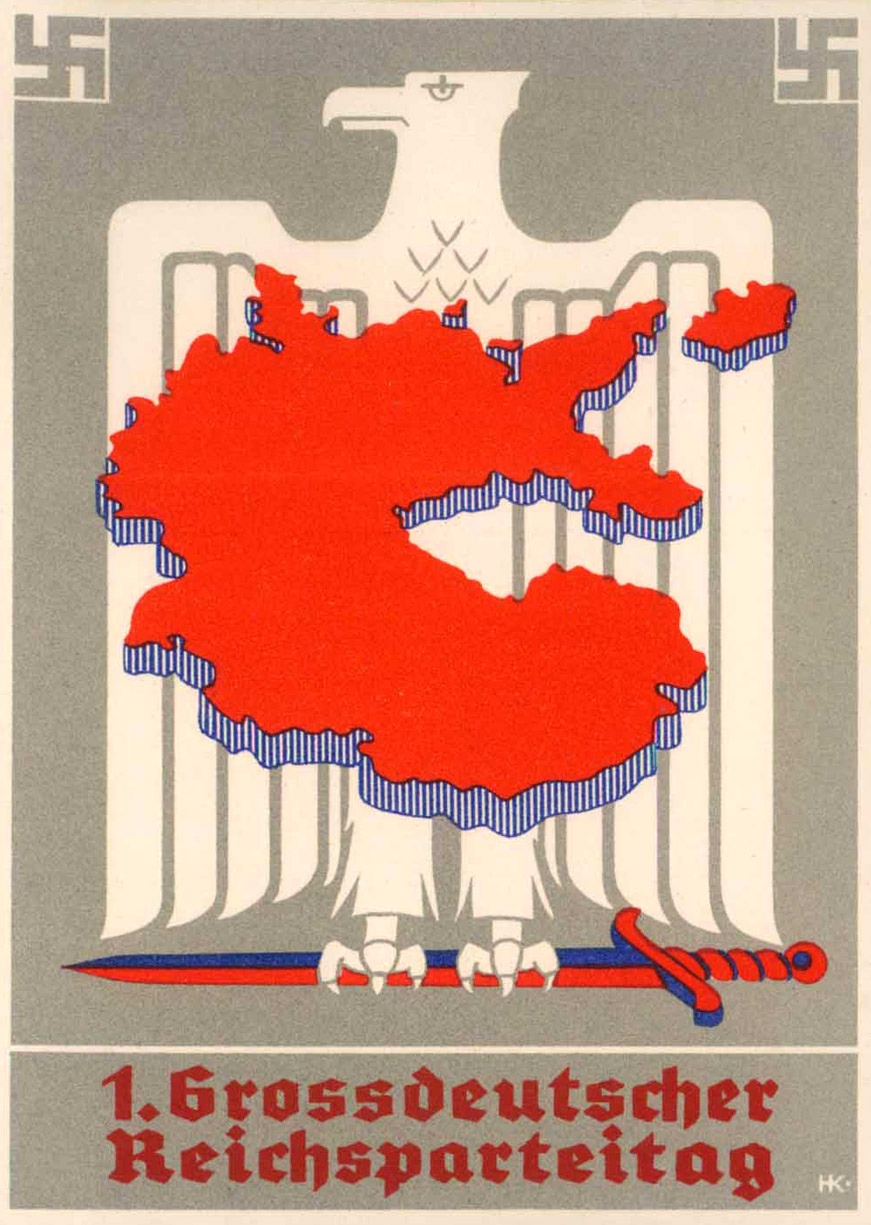
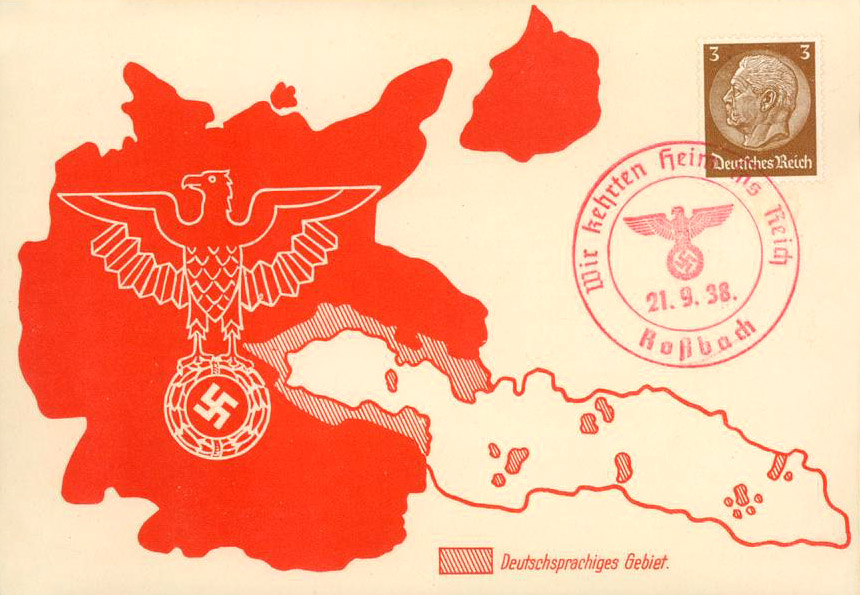
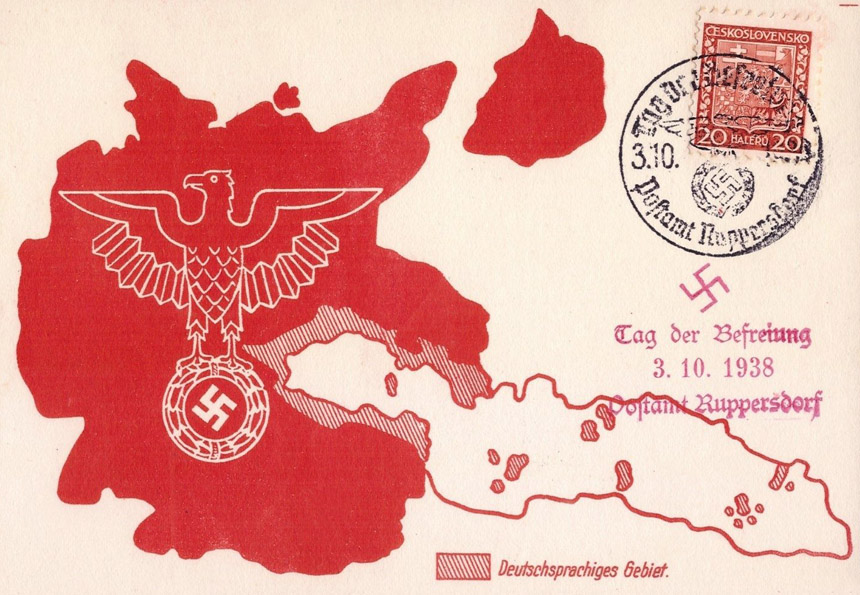
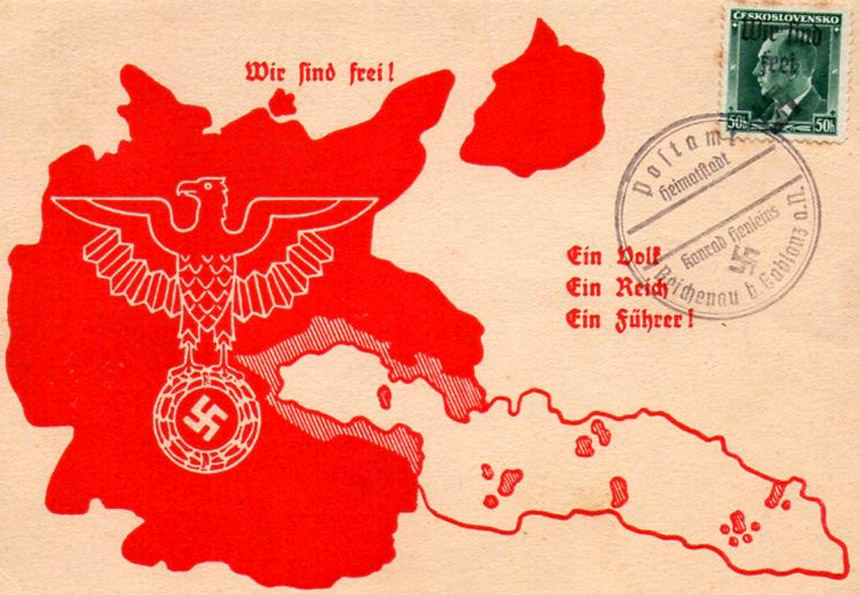
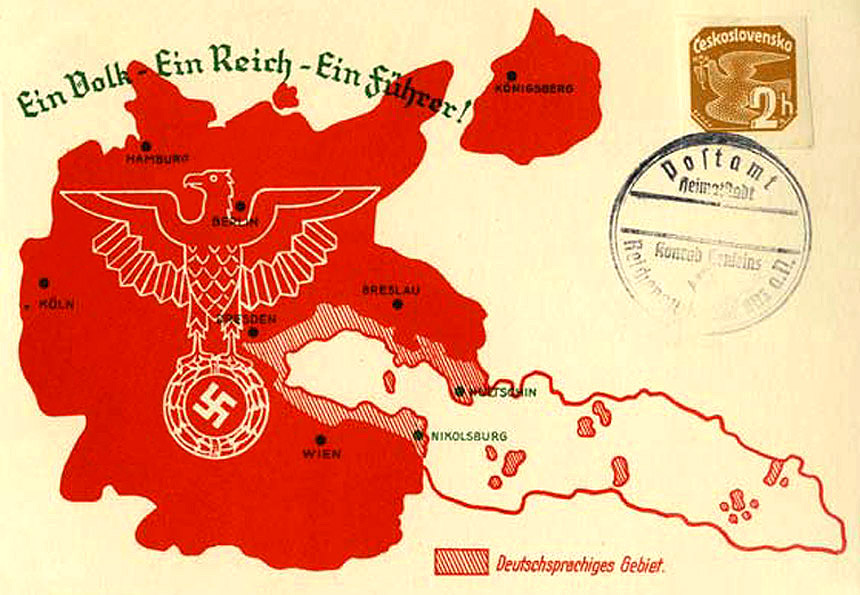
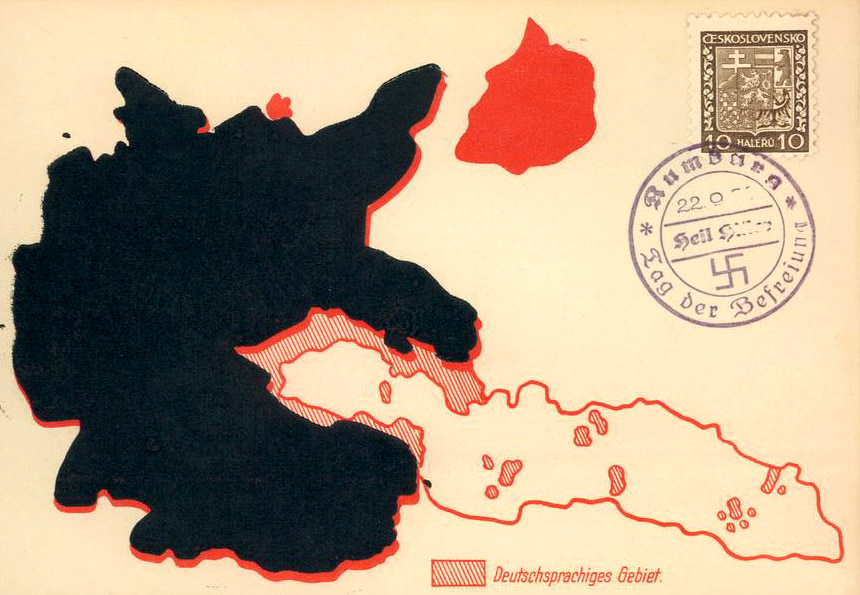
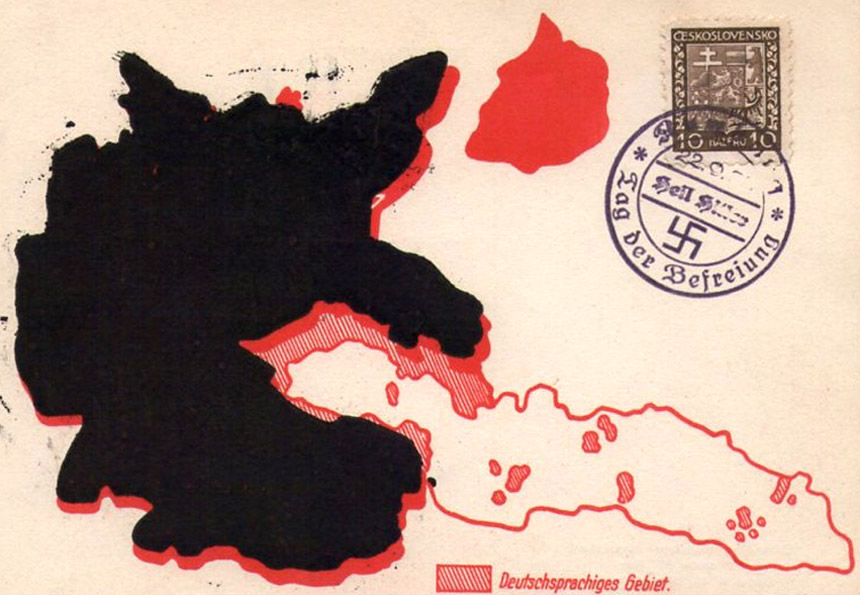
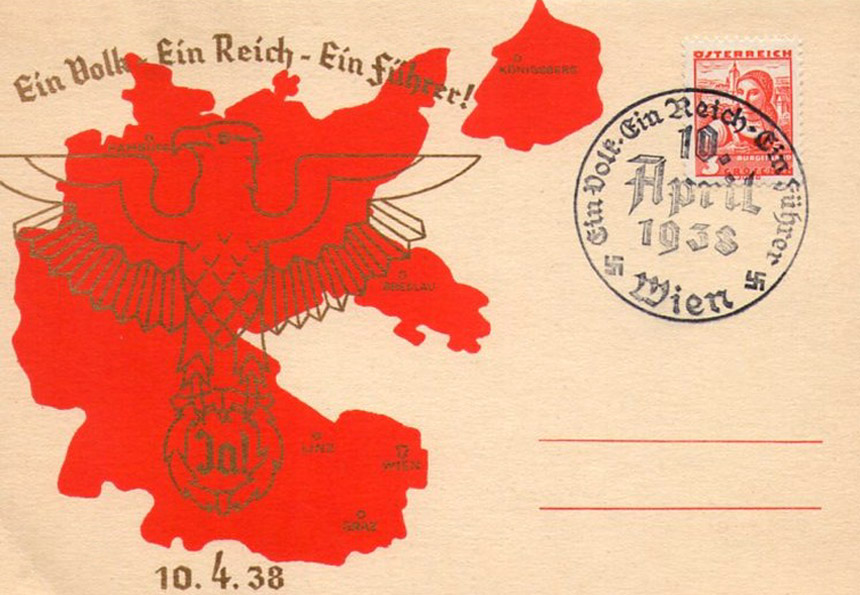
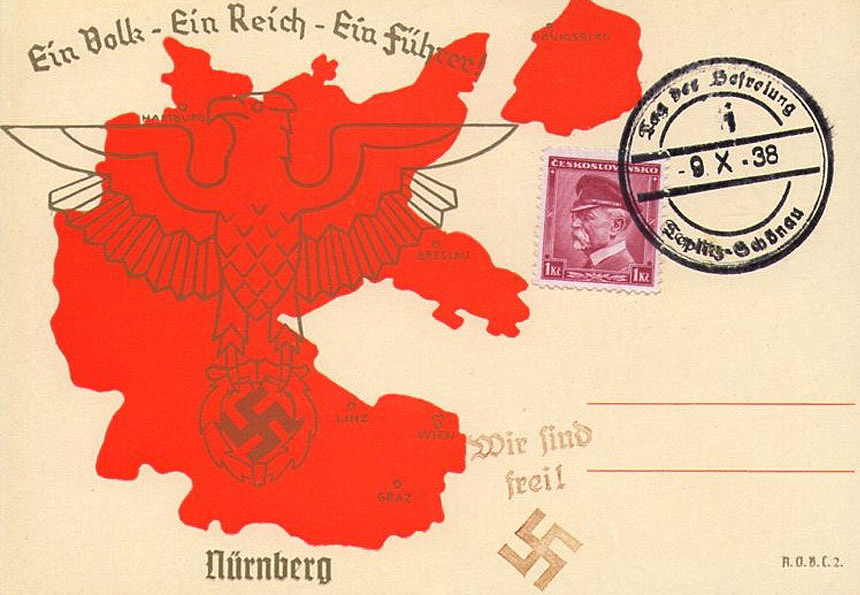
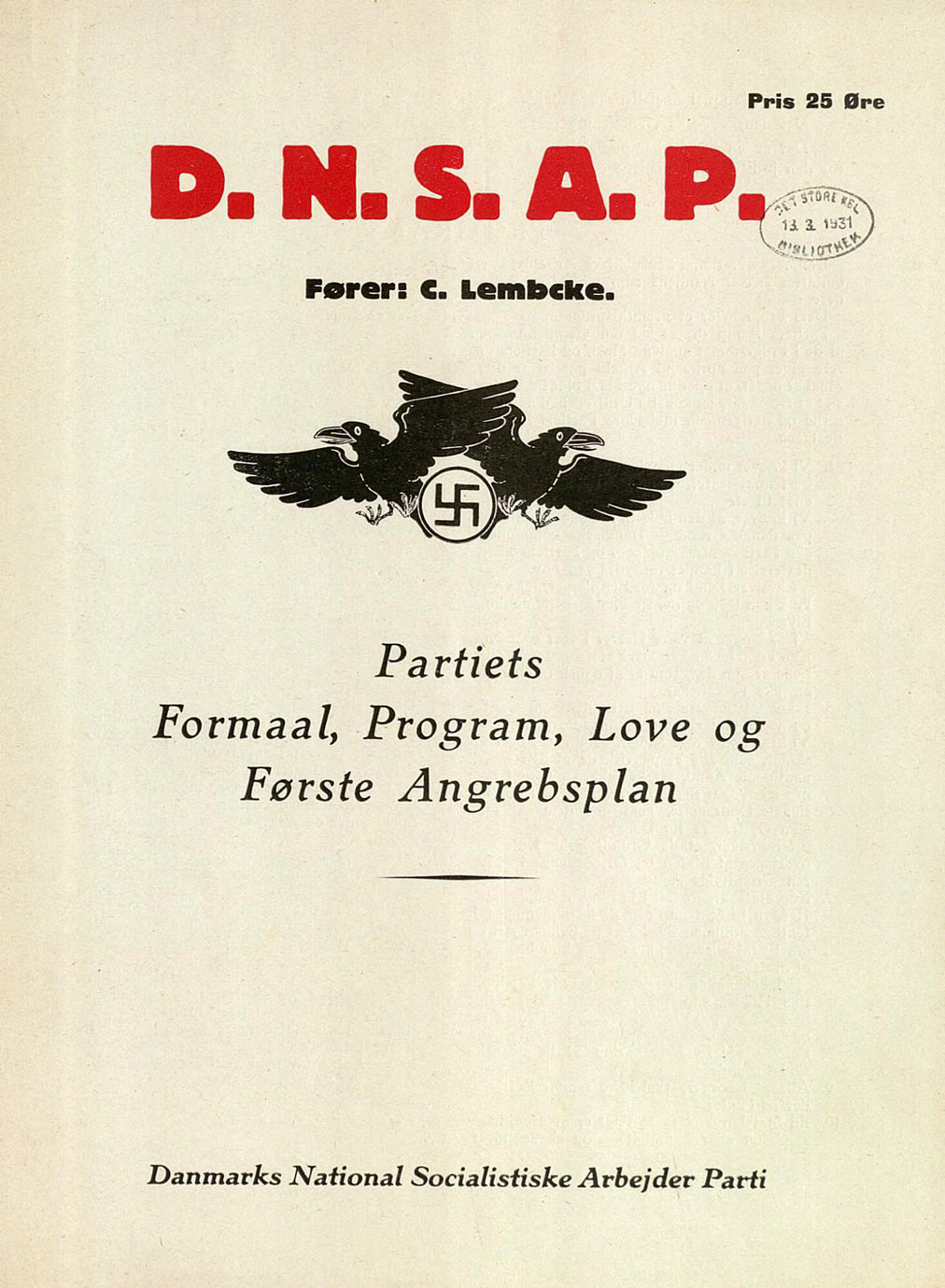
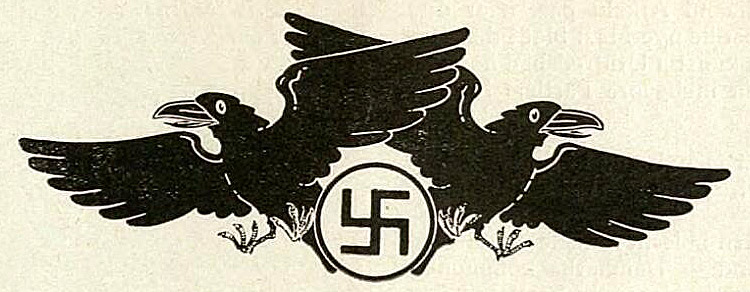

'...Everything worth fighting for, and everything worth dying for, and everything worth living for, shattered right before me like a scourge'.]
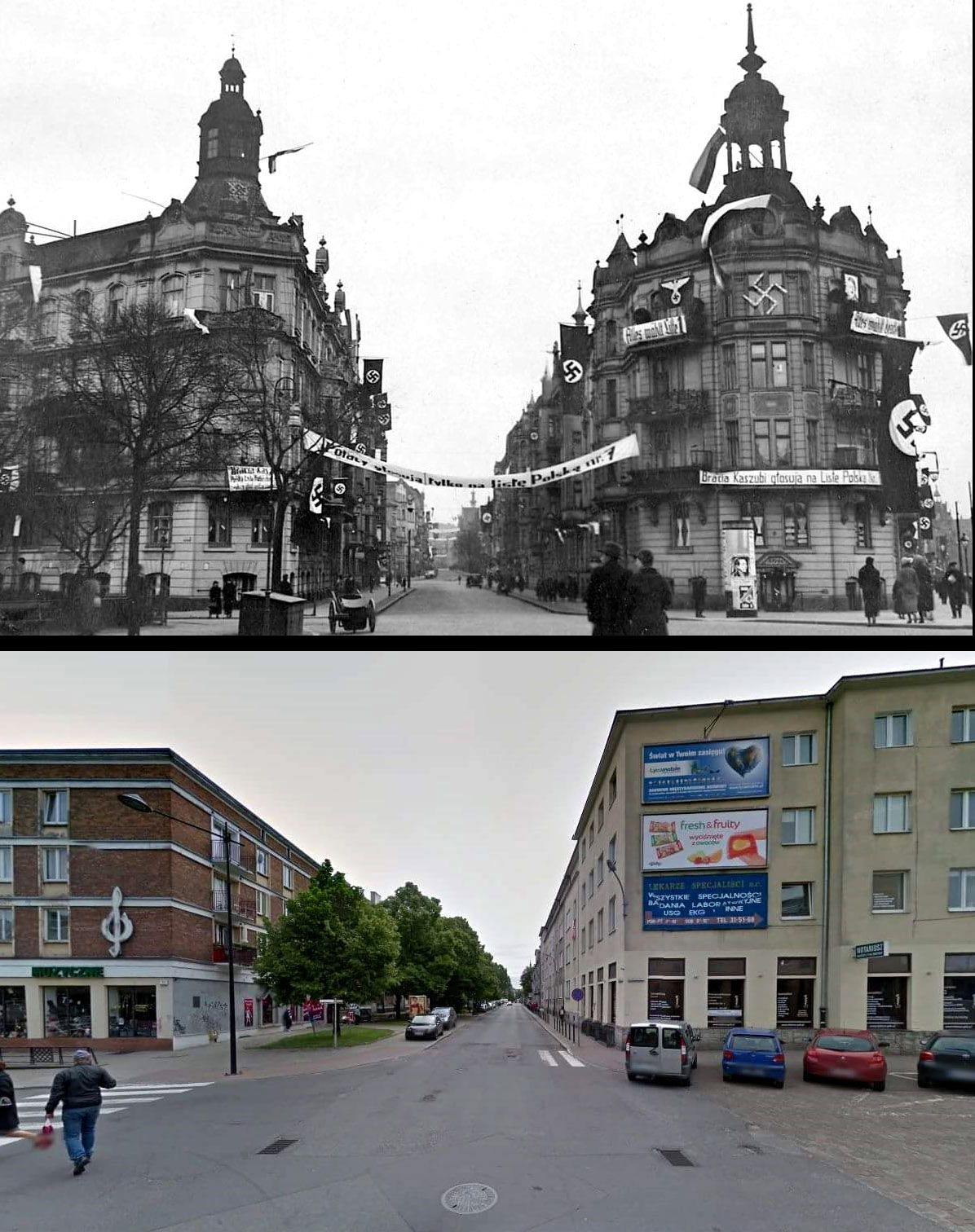
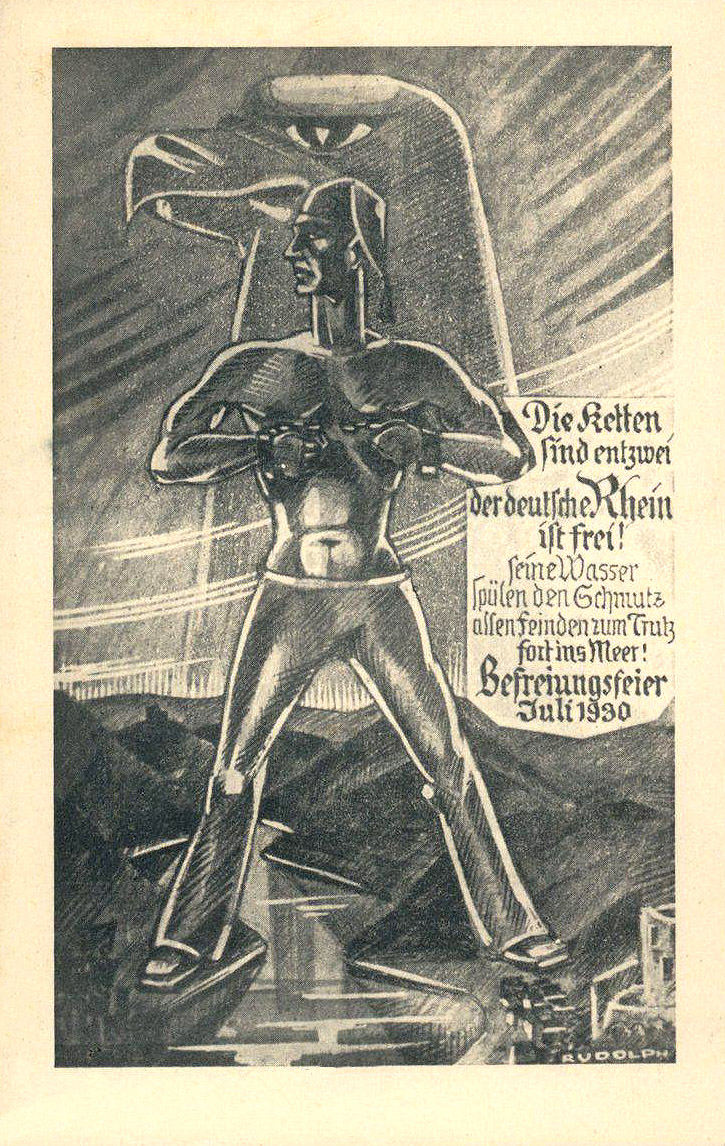
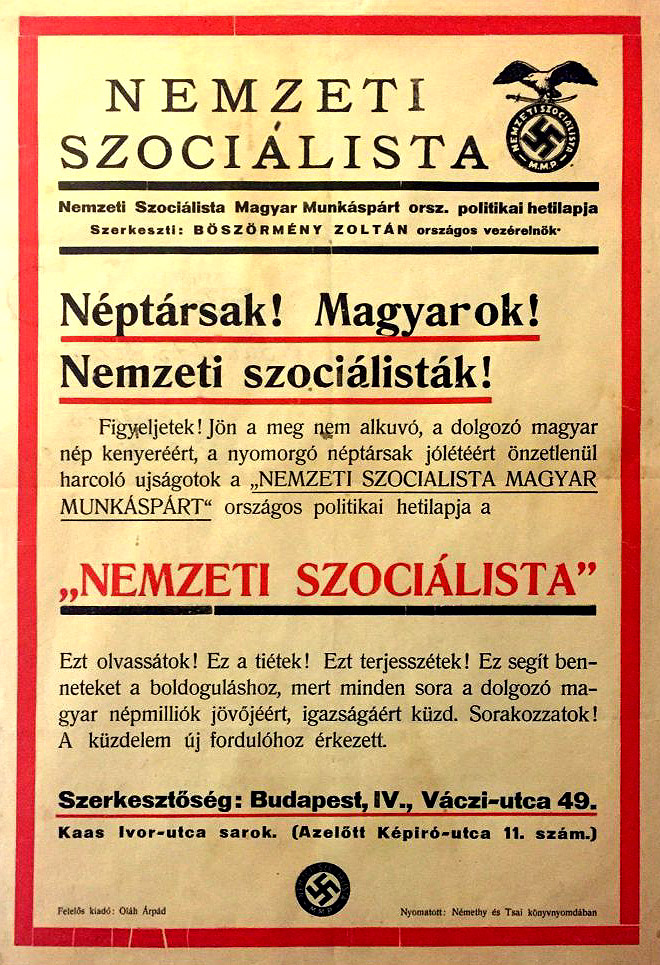
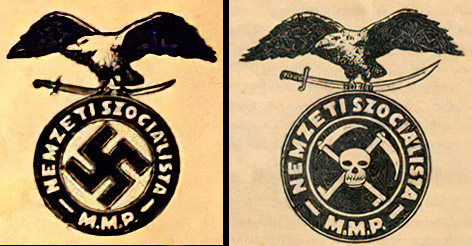
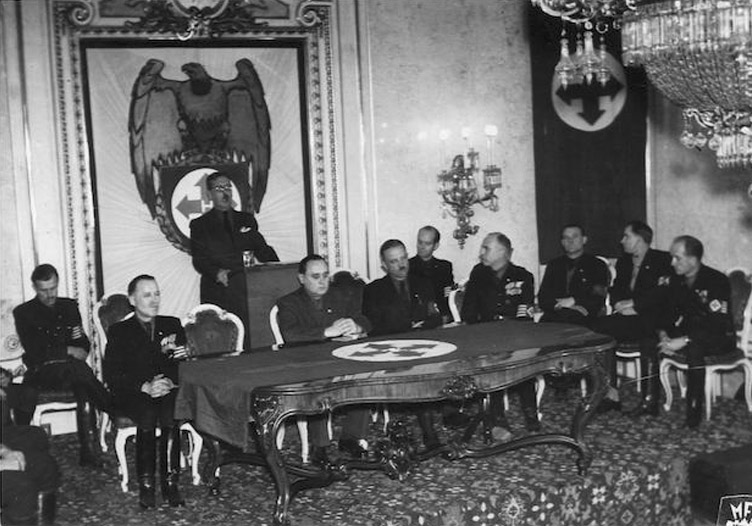
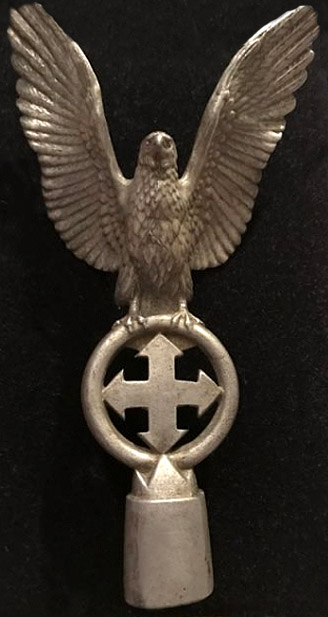
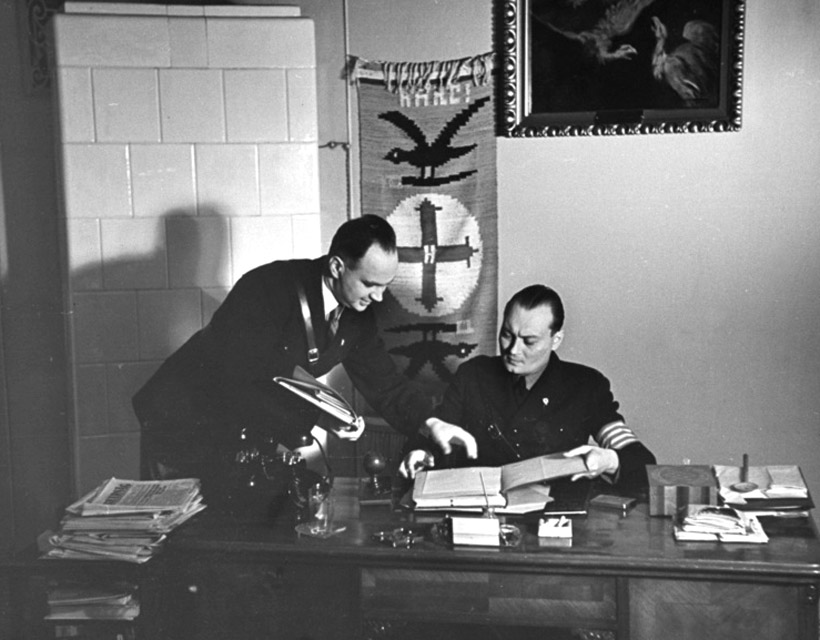
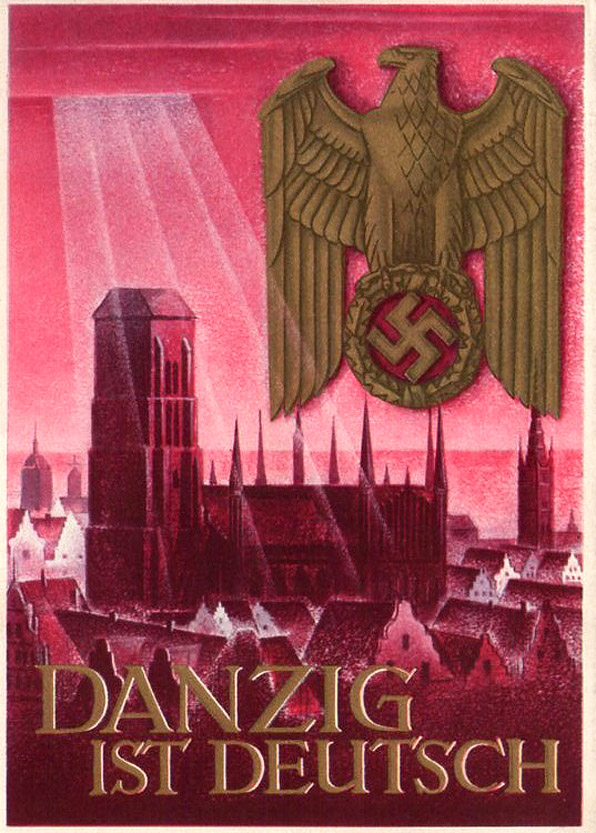
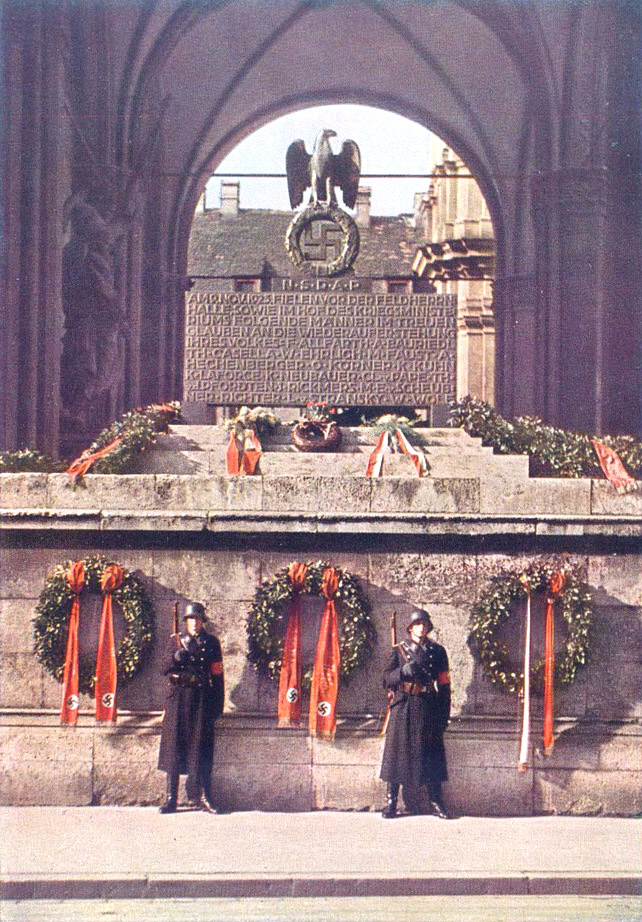
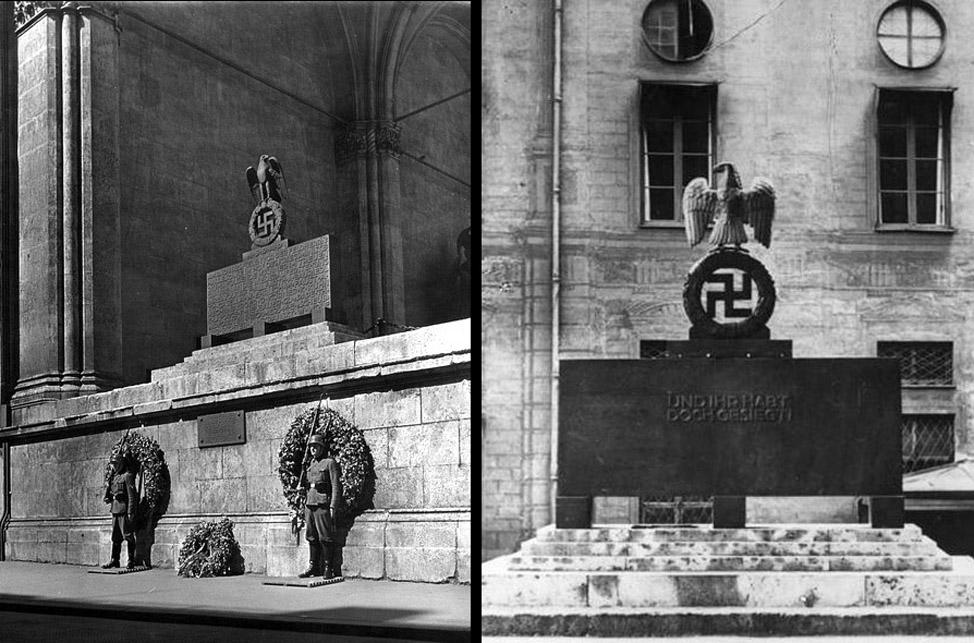
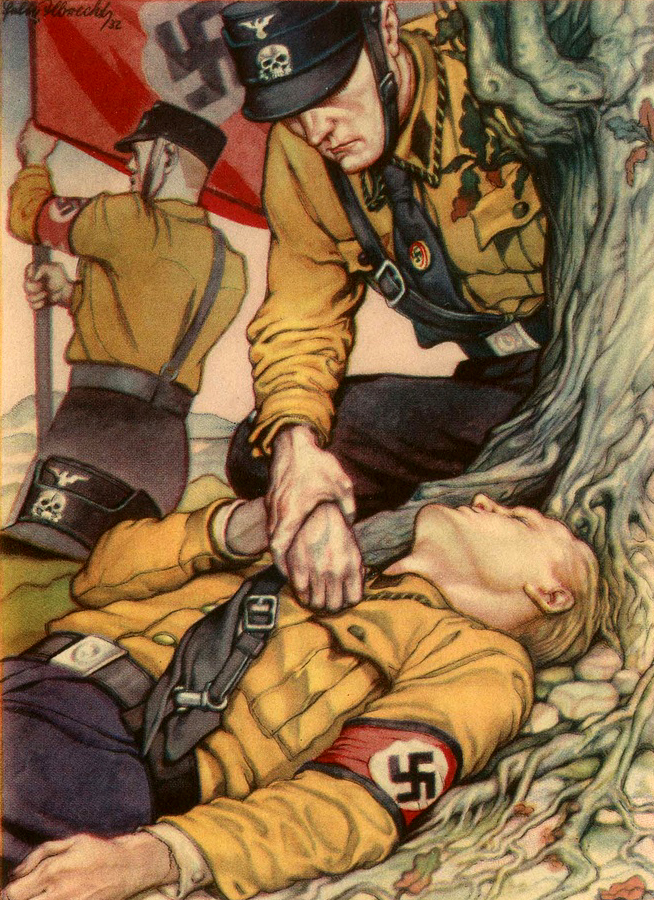
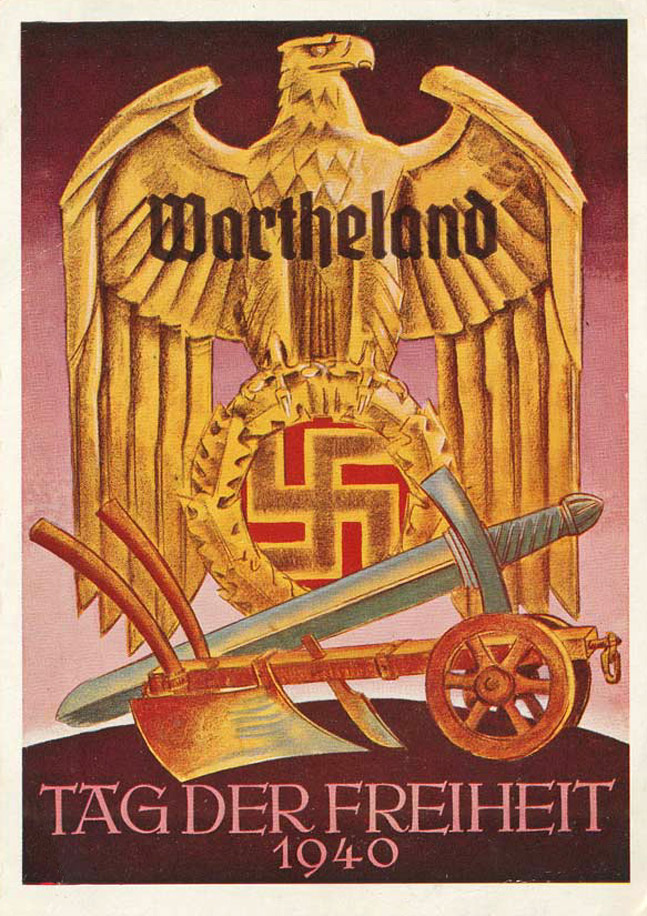
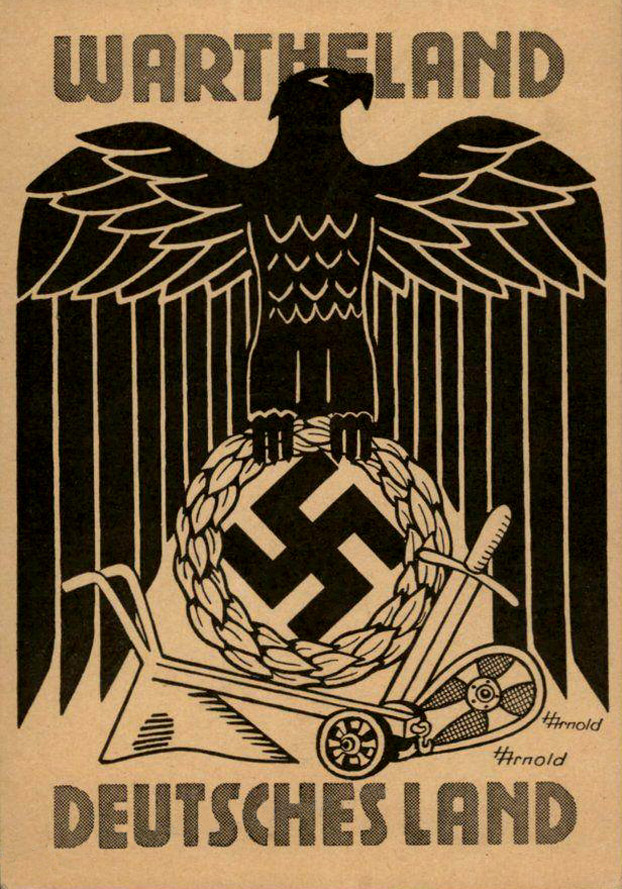
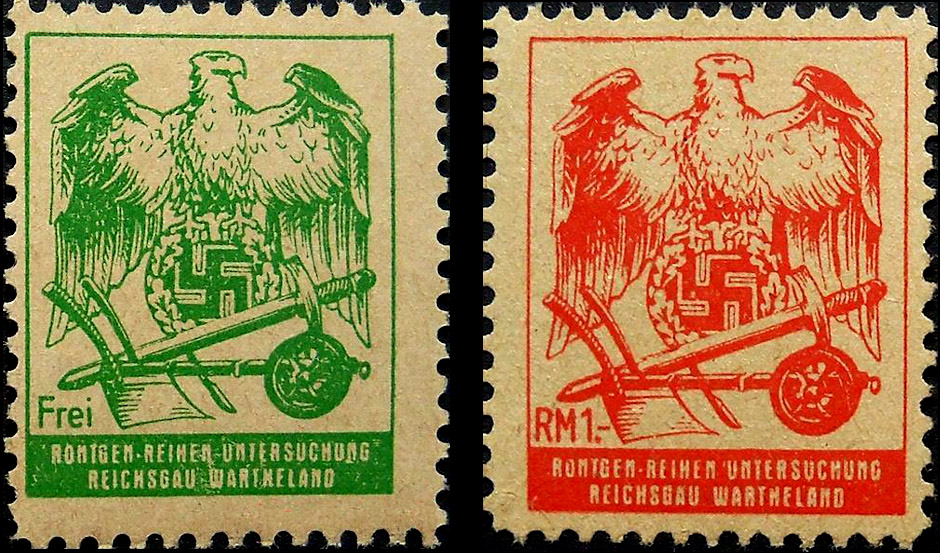
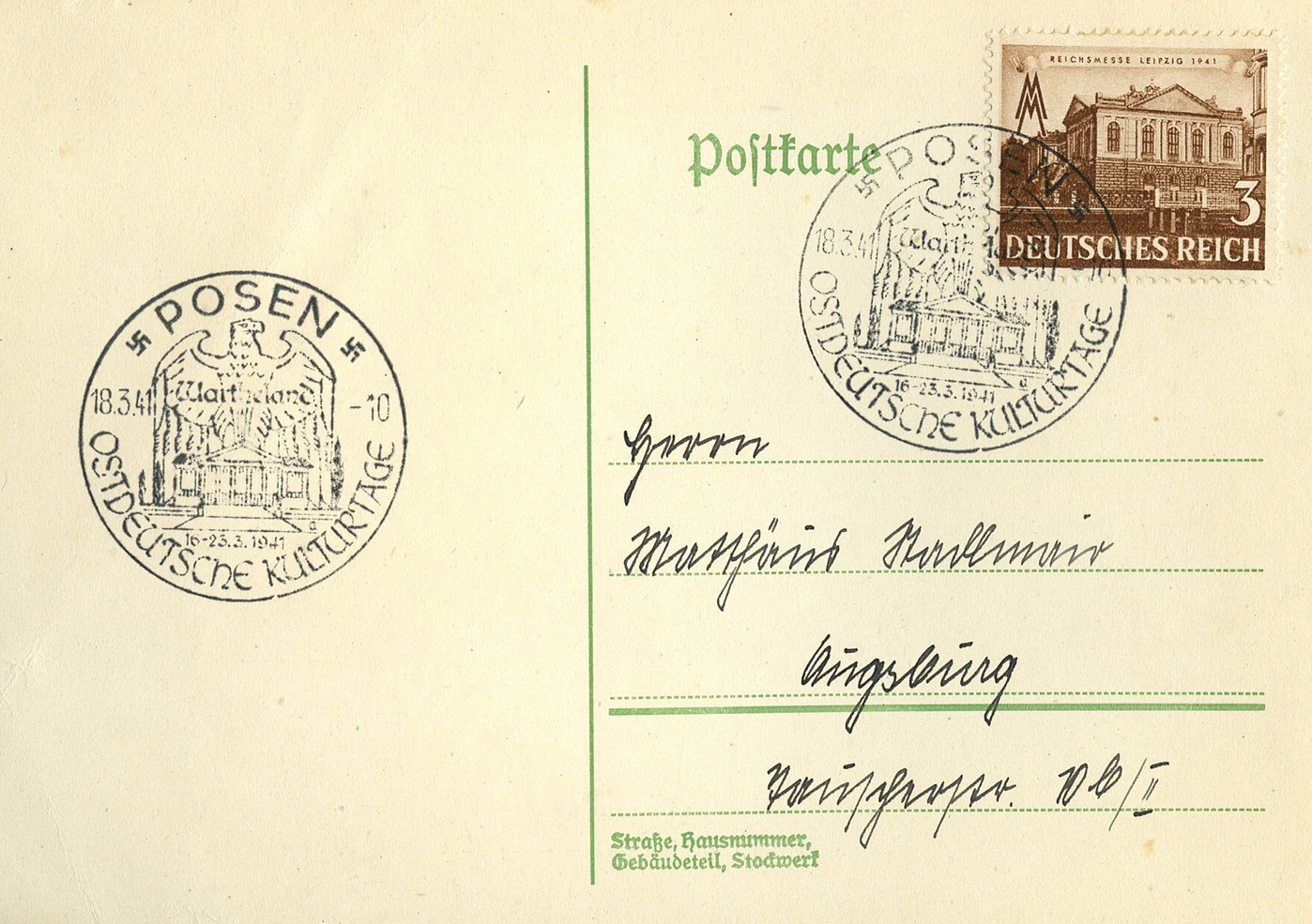
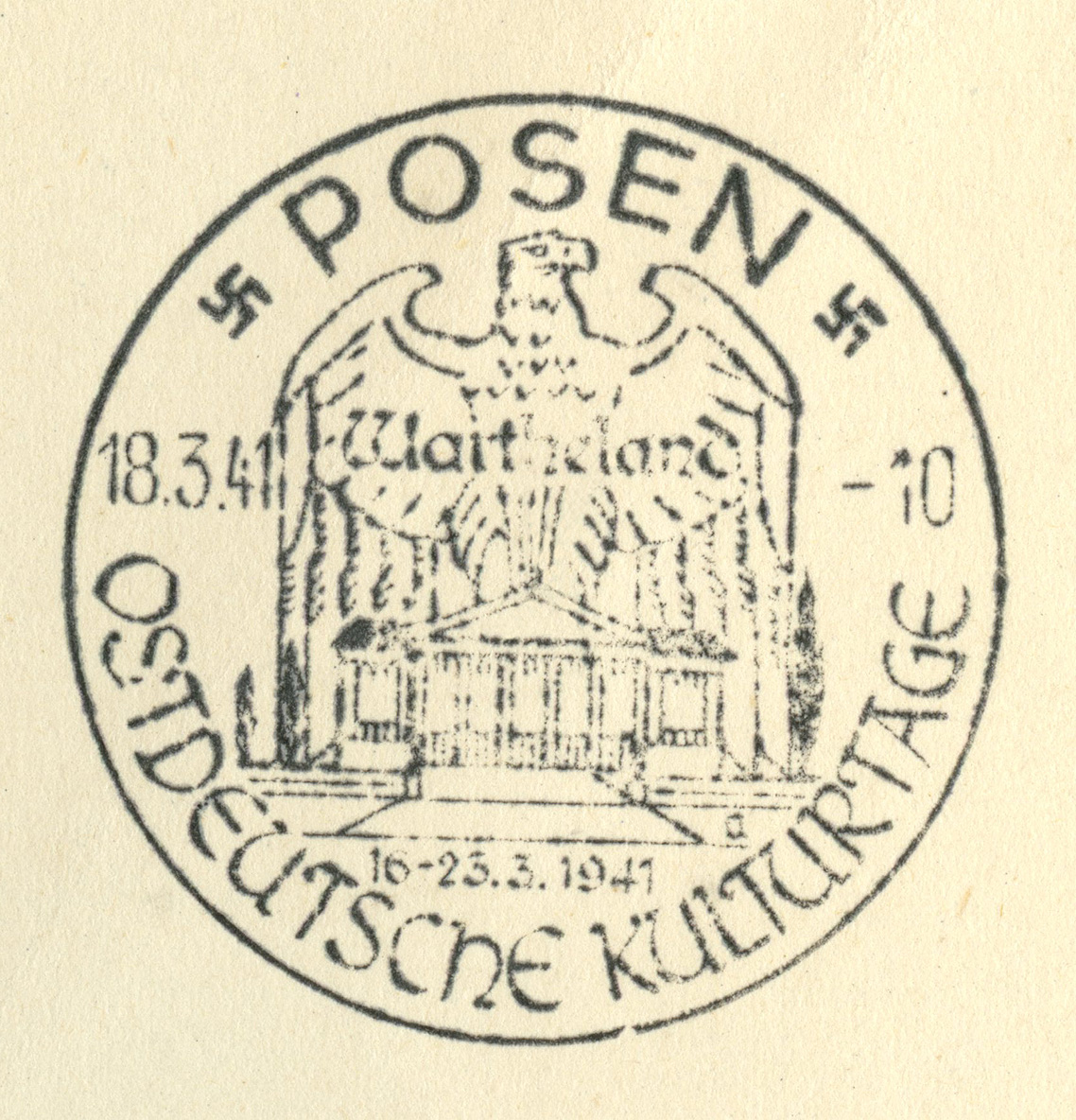
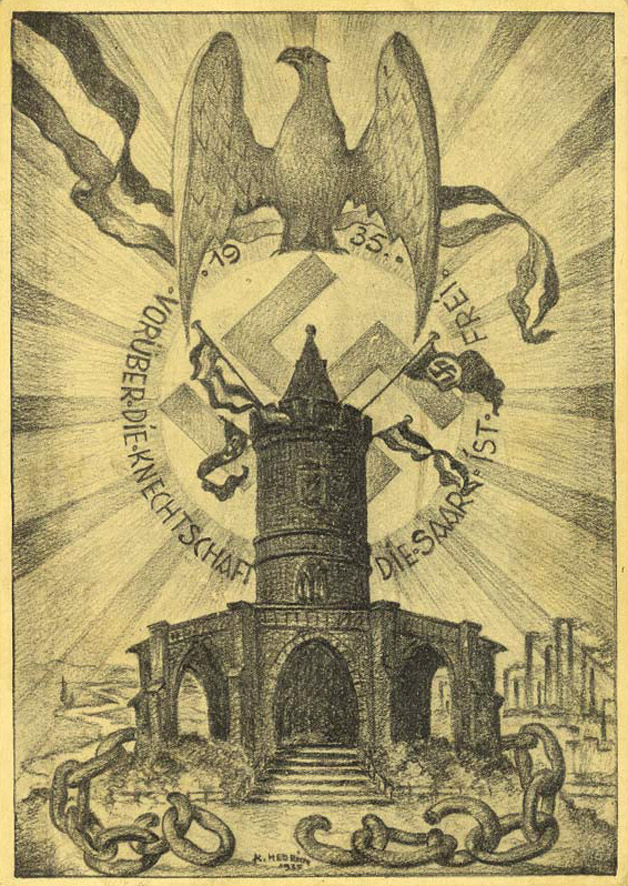
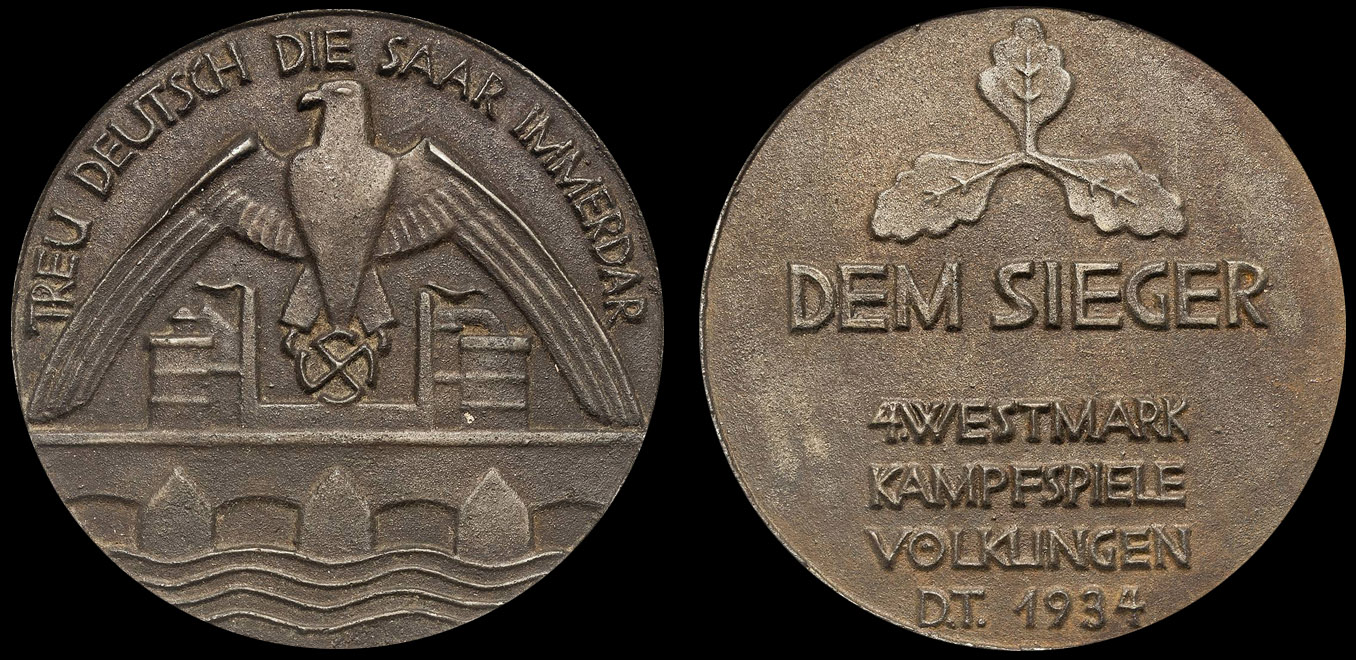
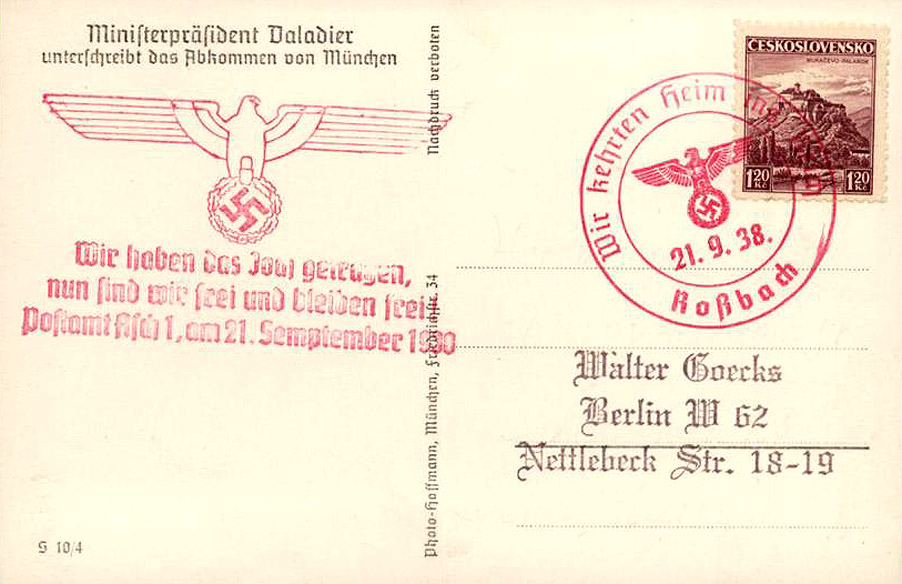
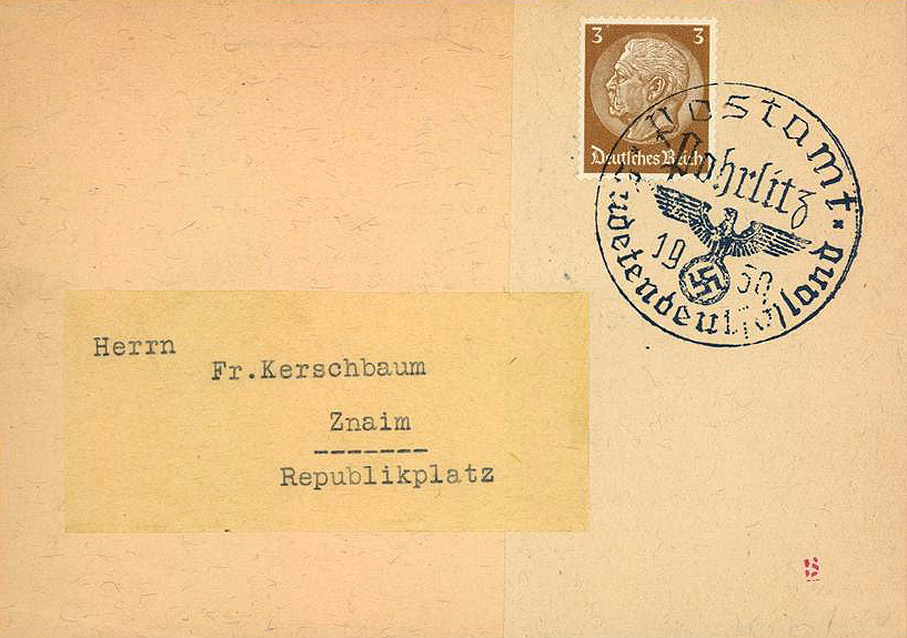
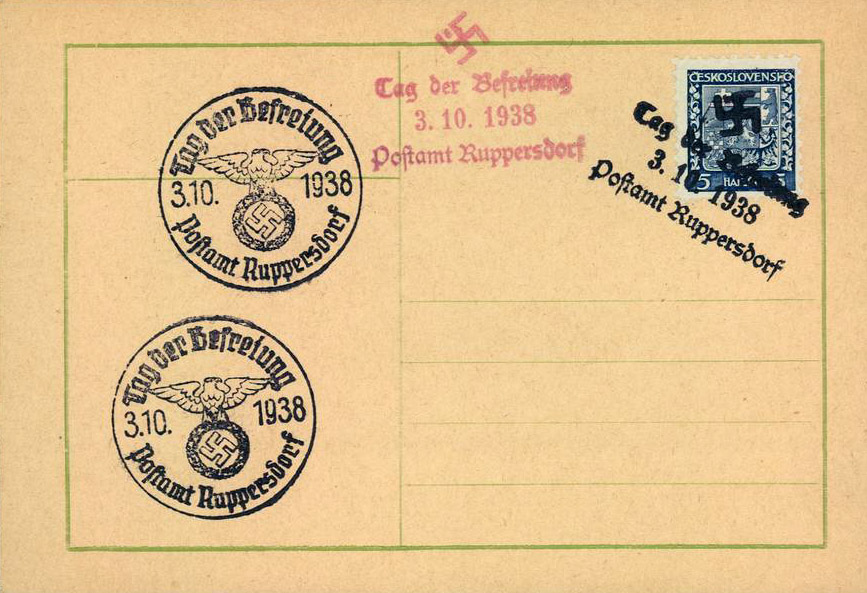
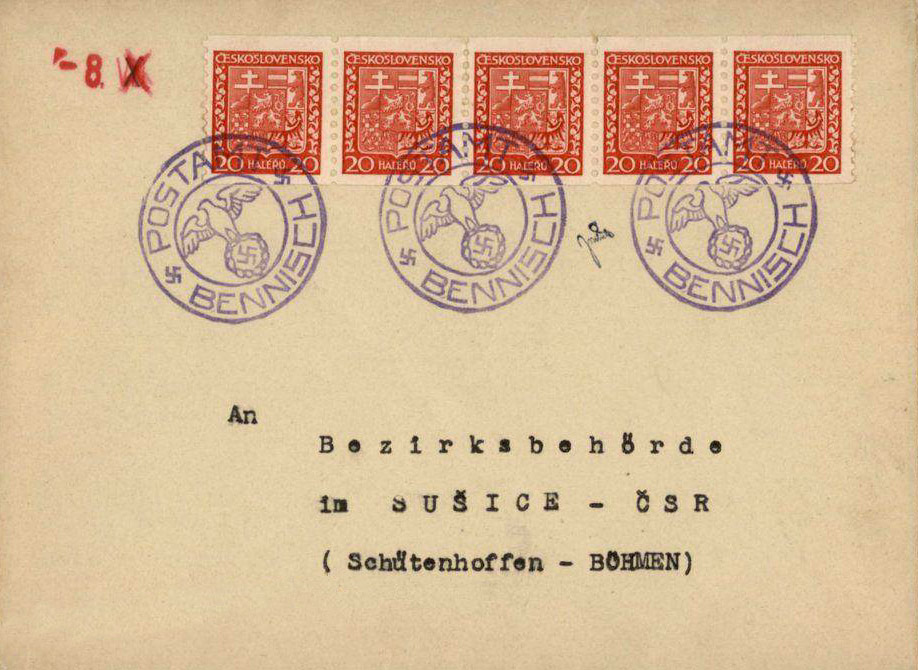
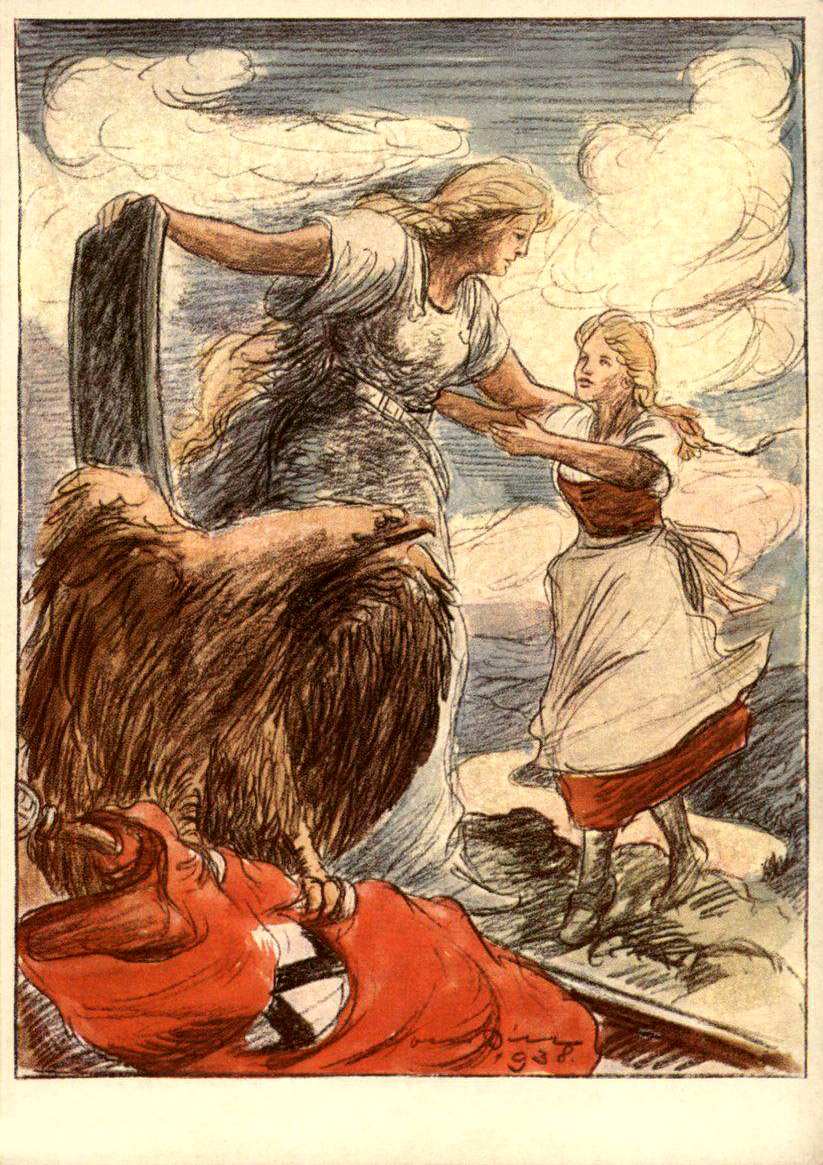
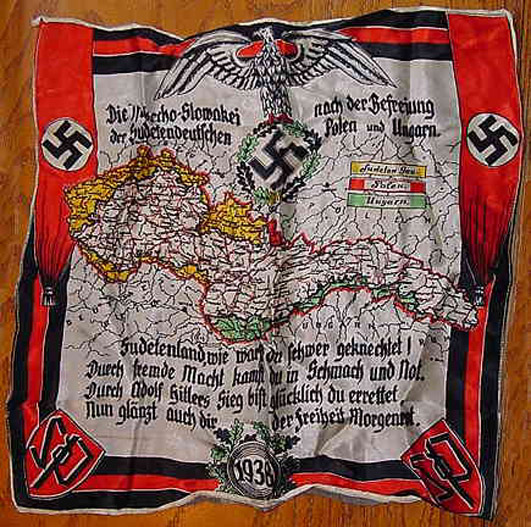
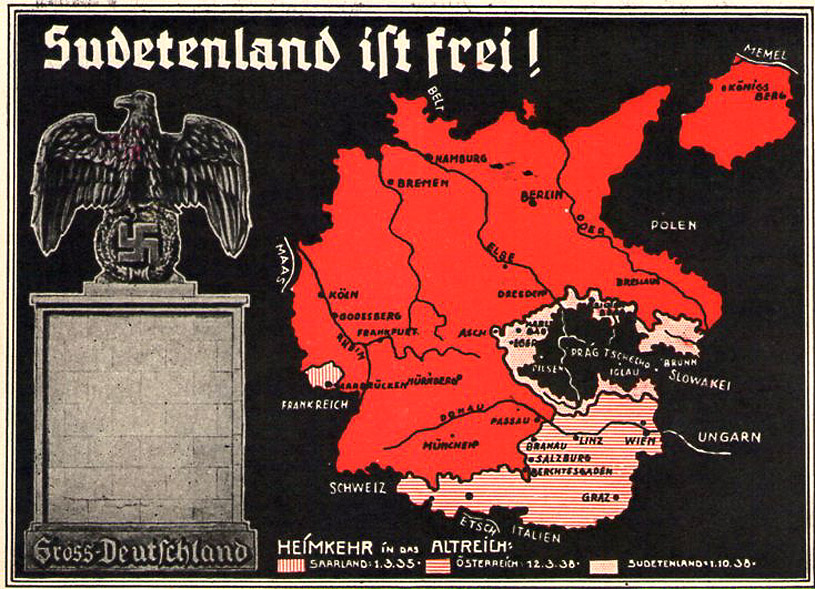
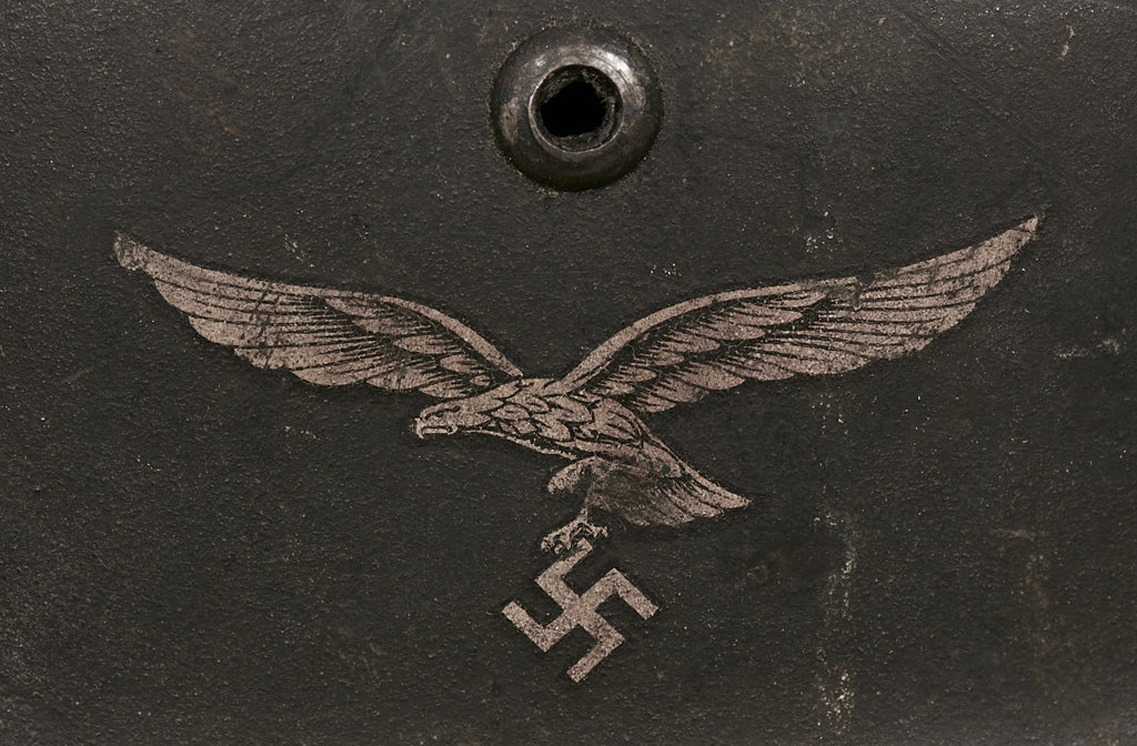
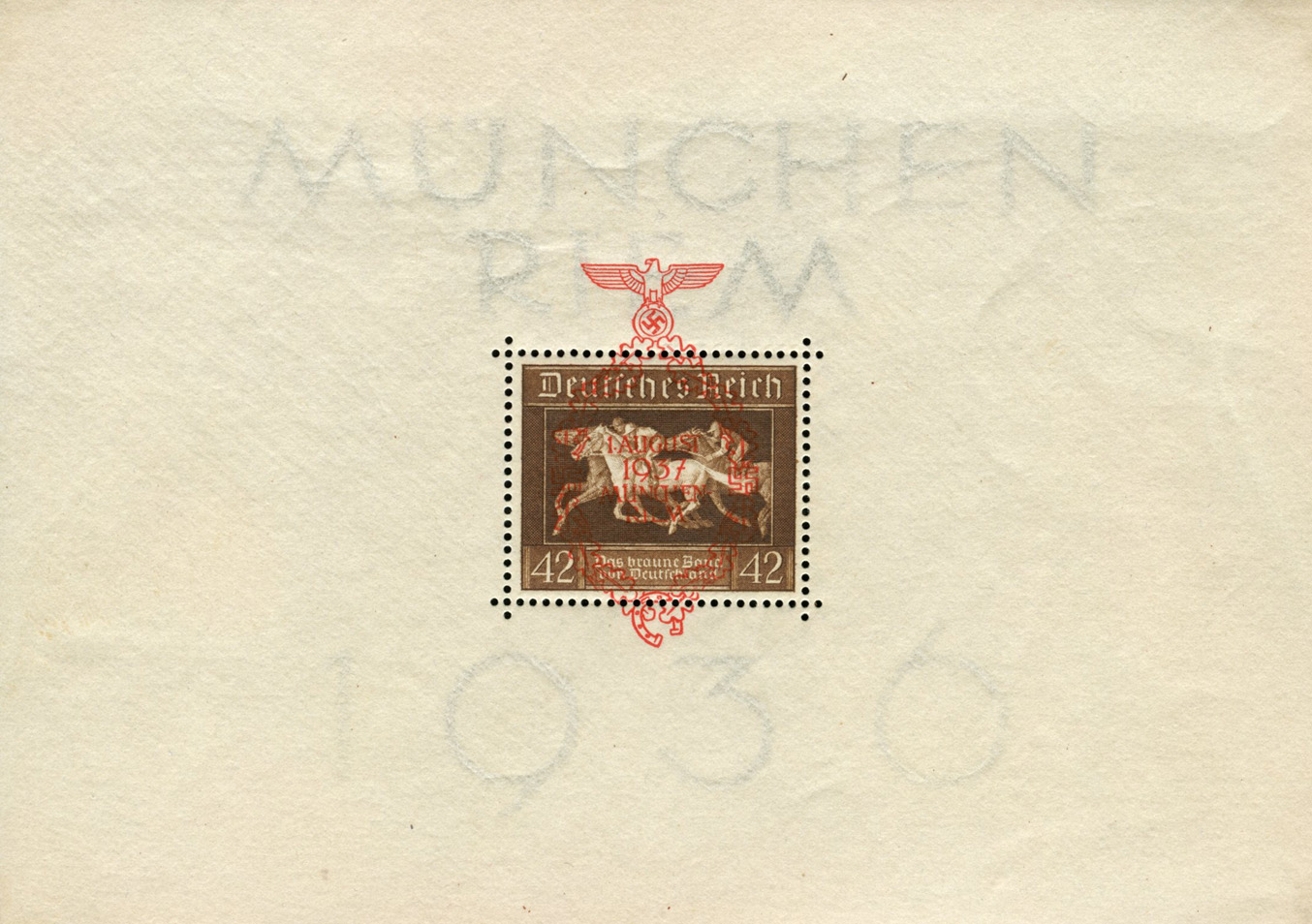
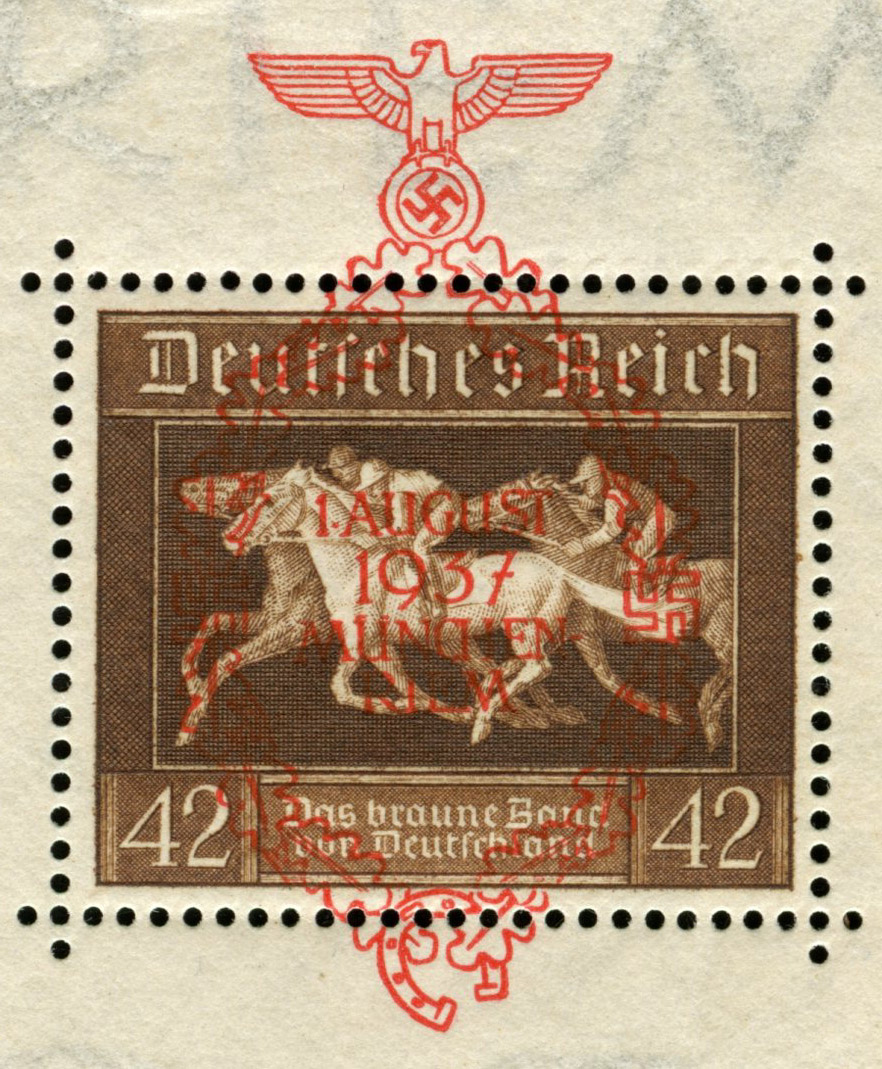
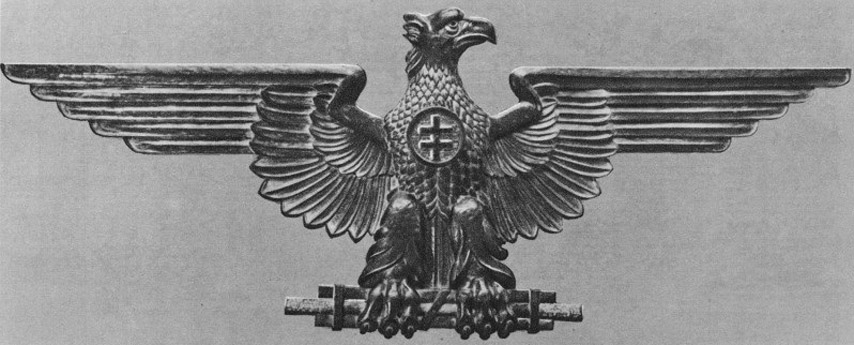
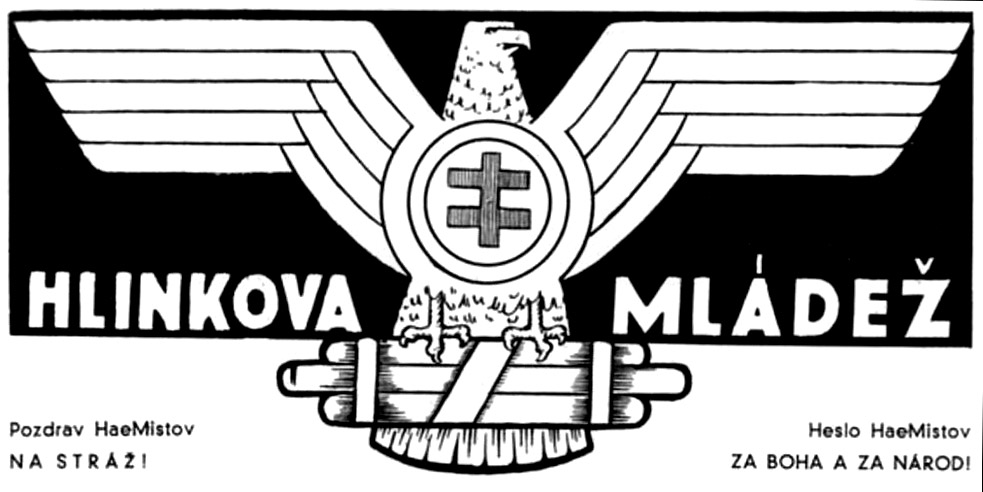
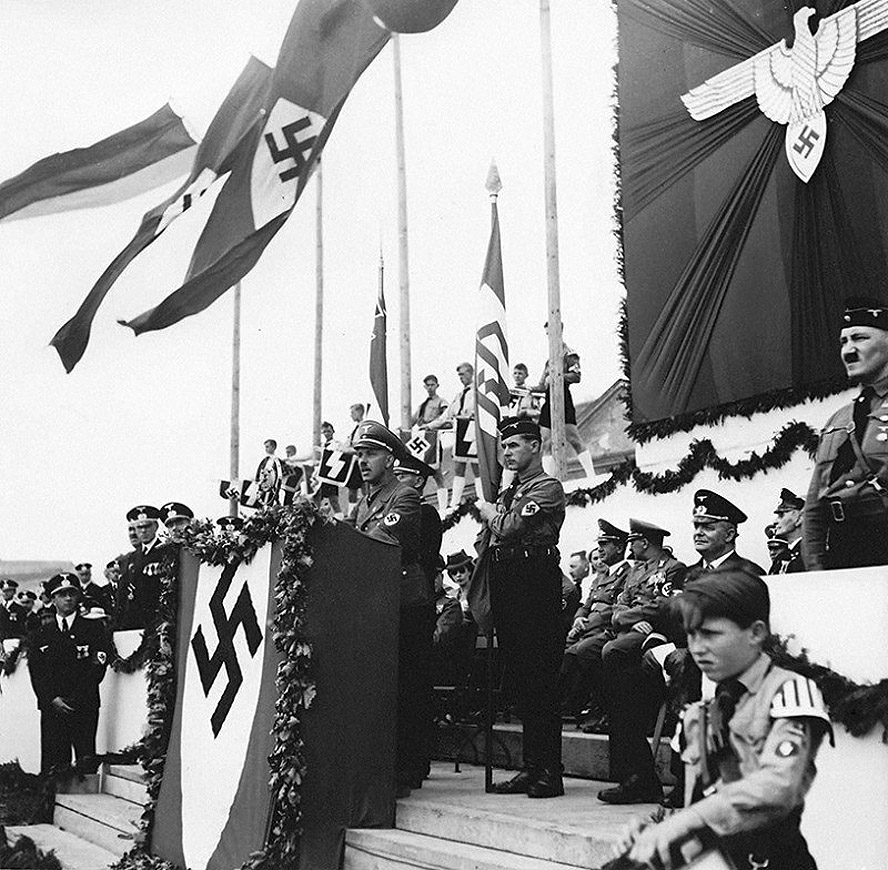
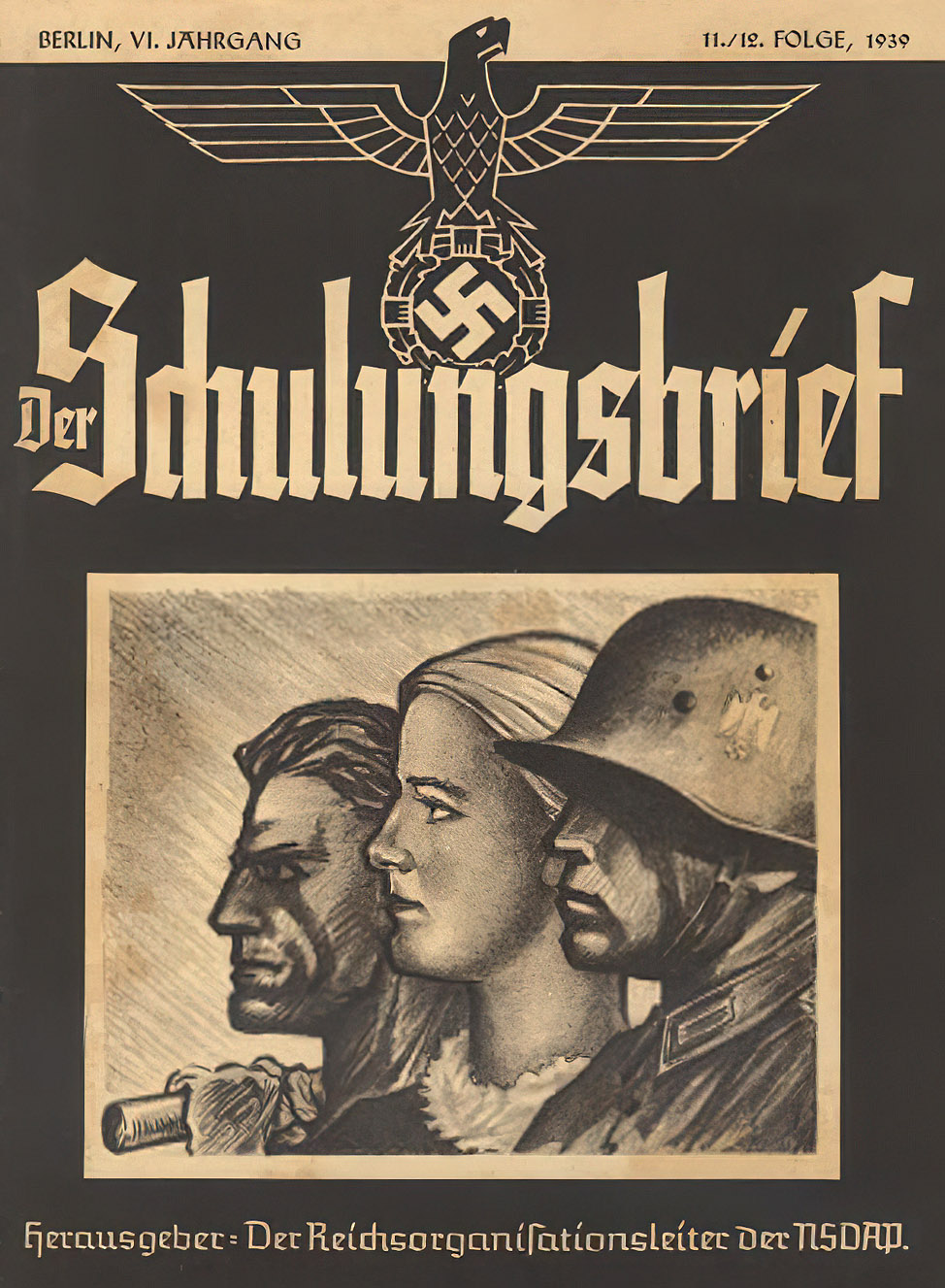
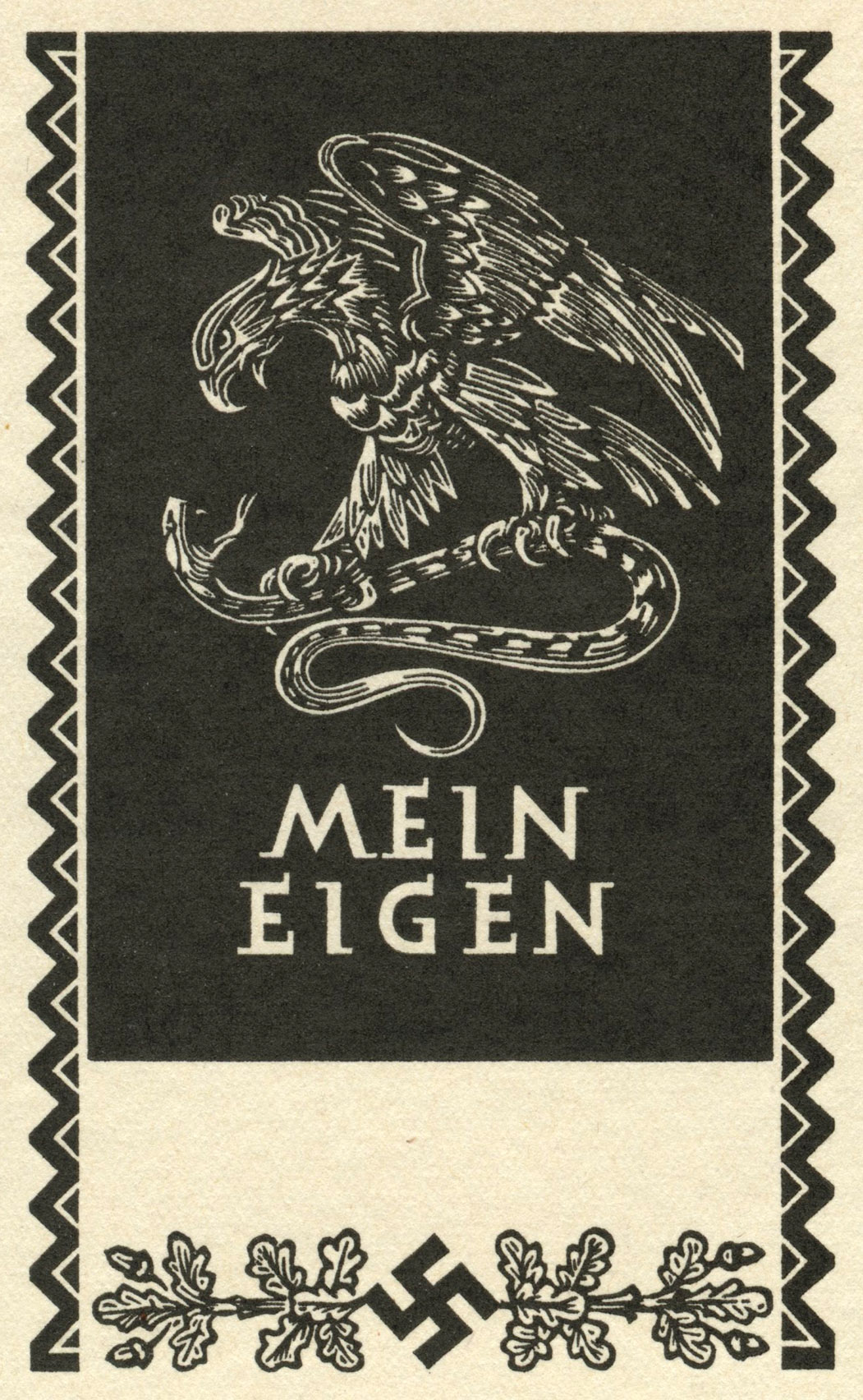
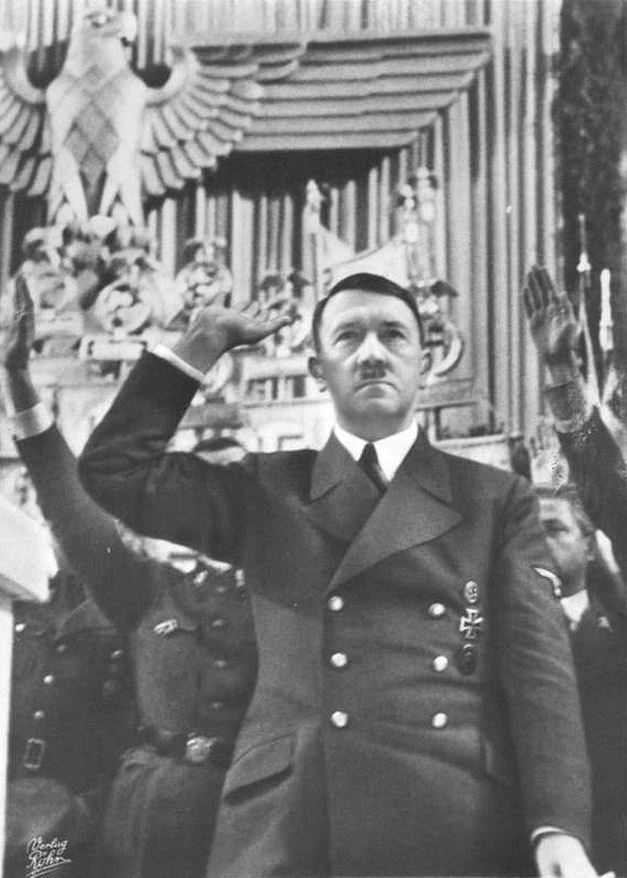
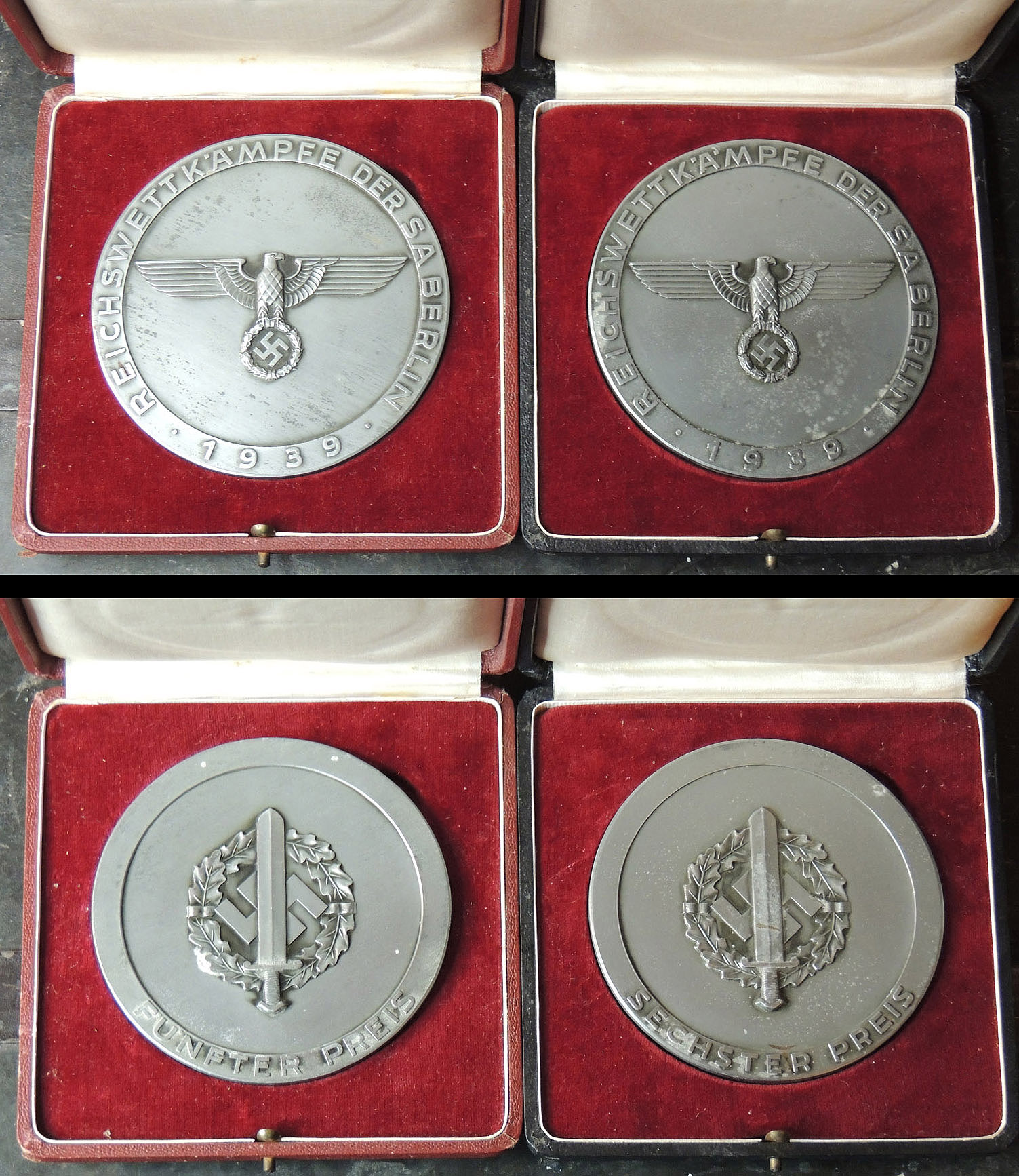
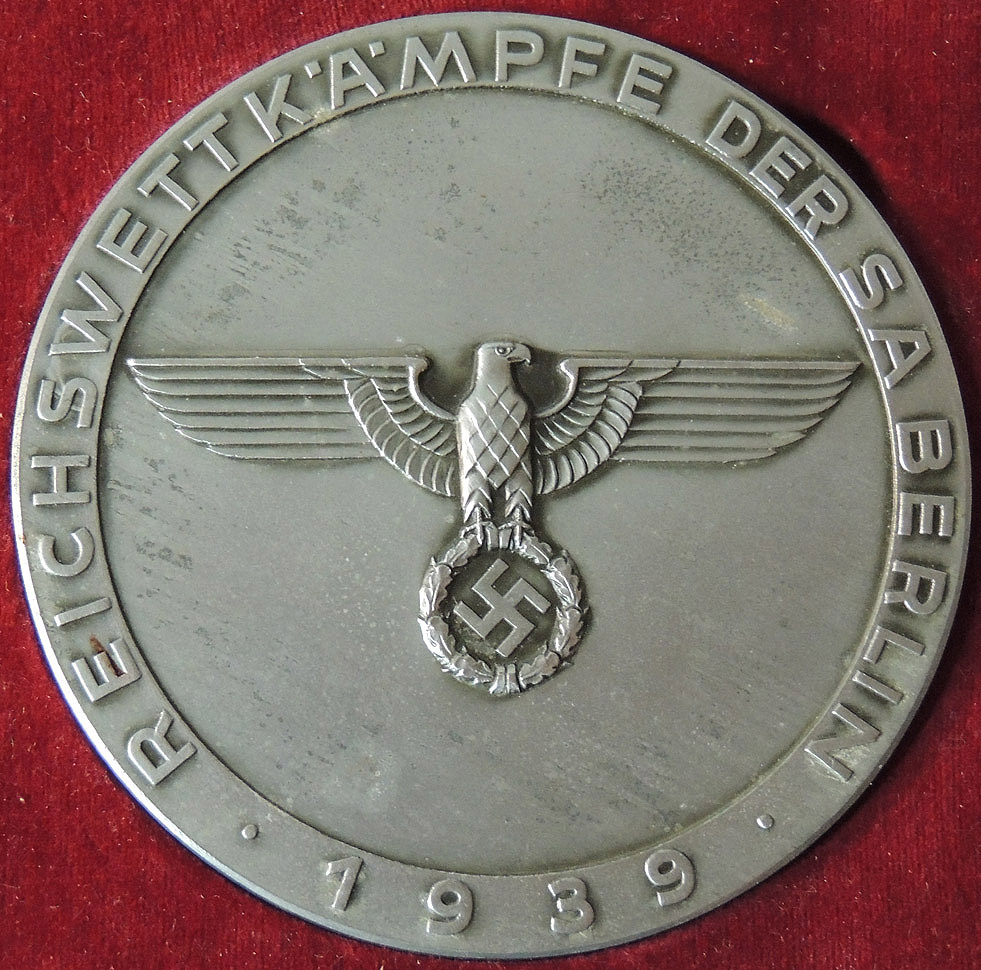
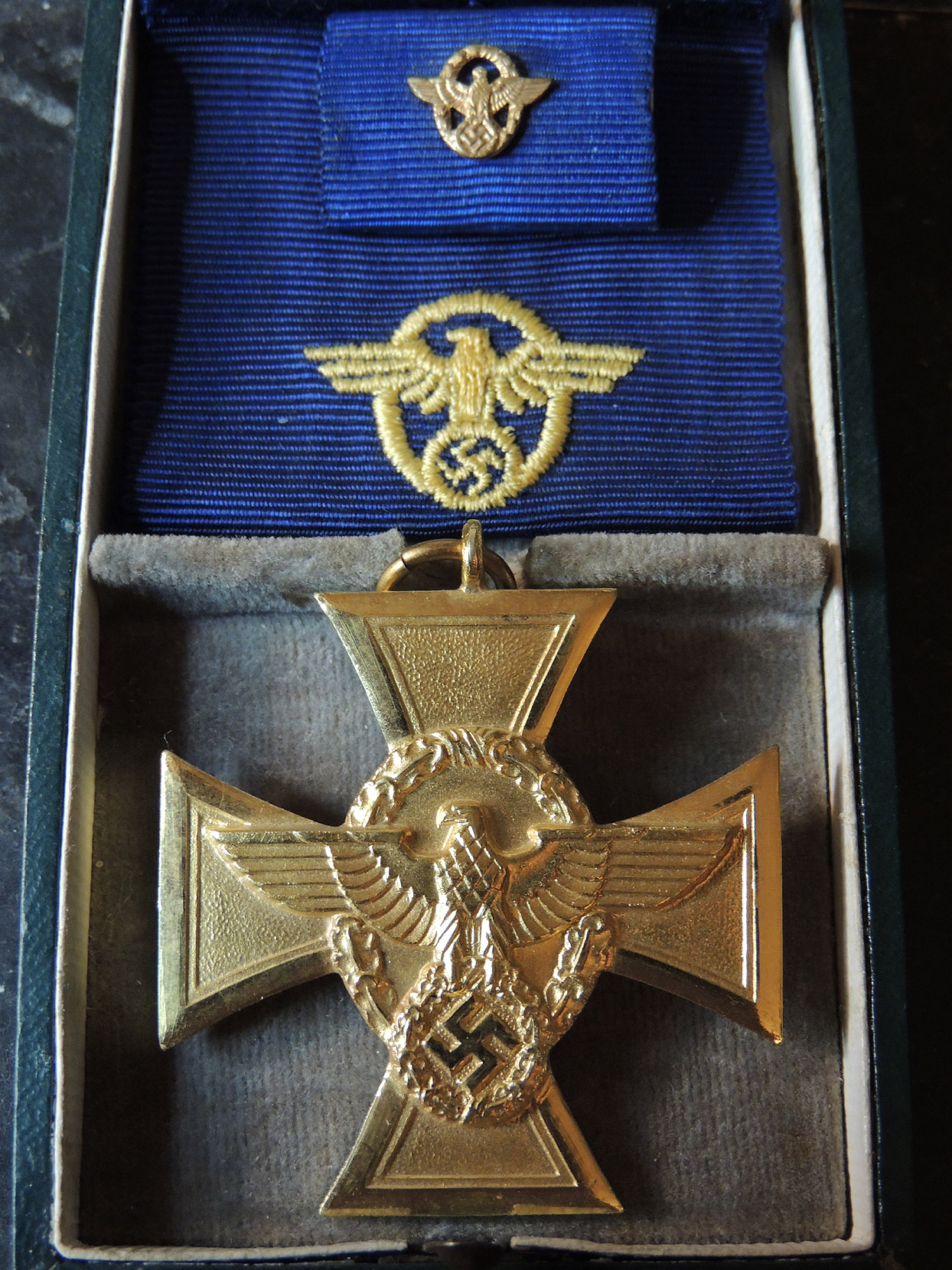
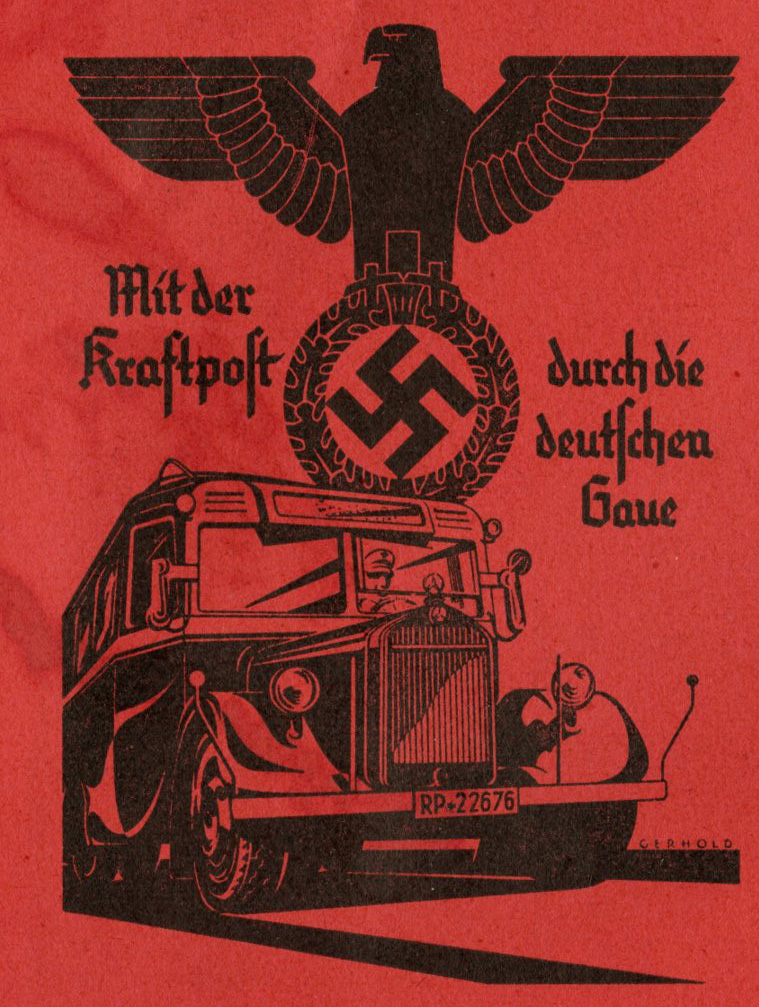
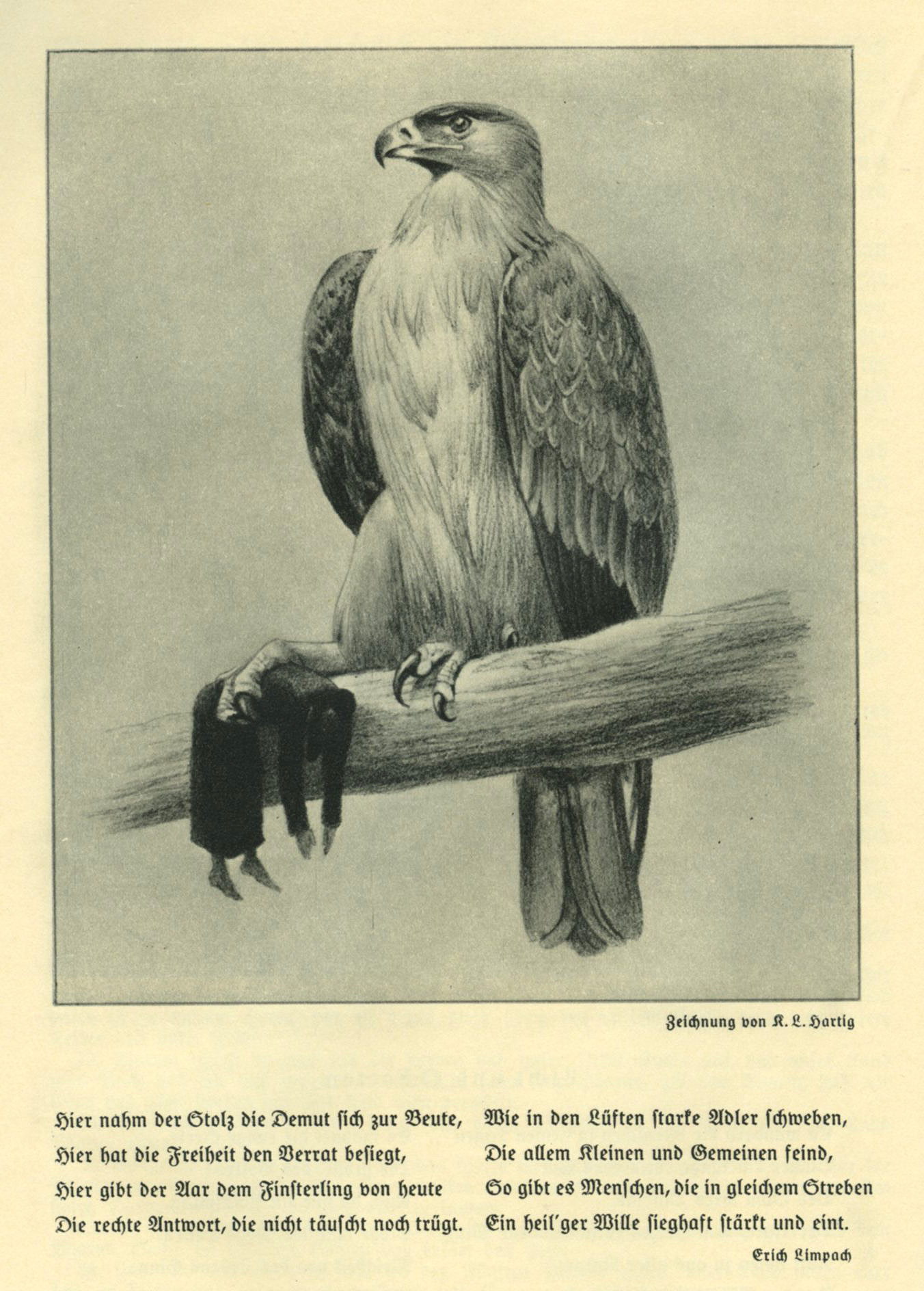
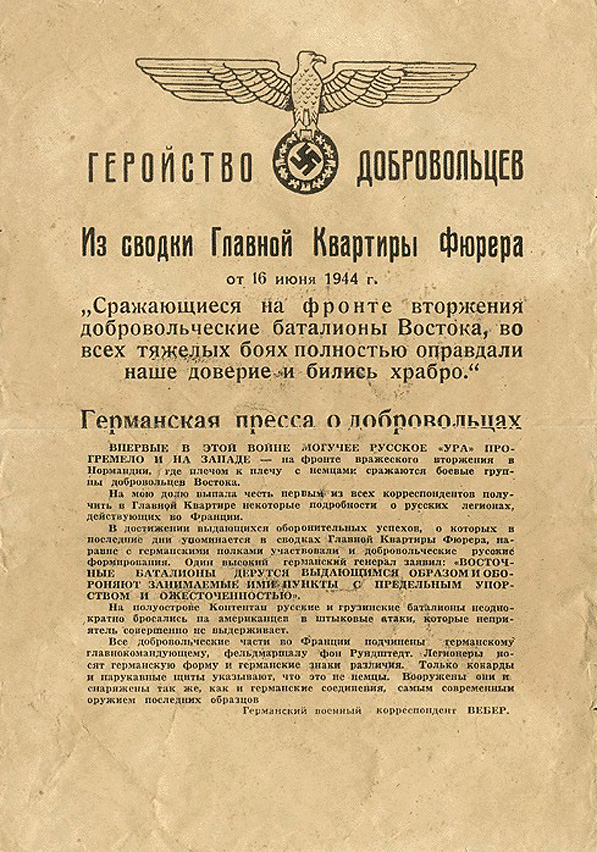
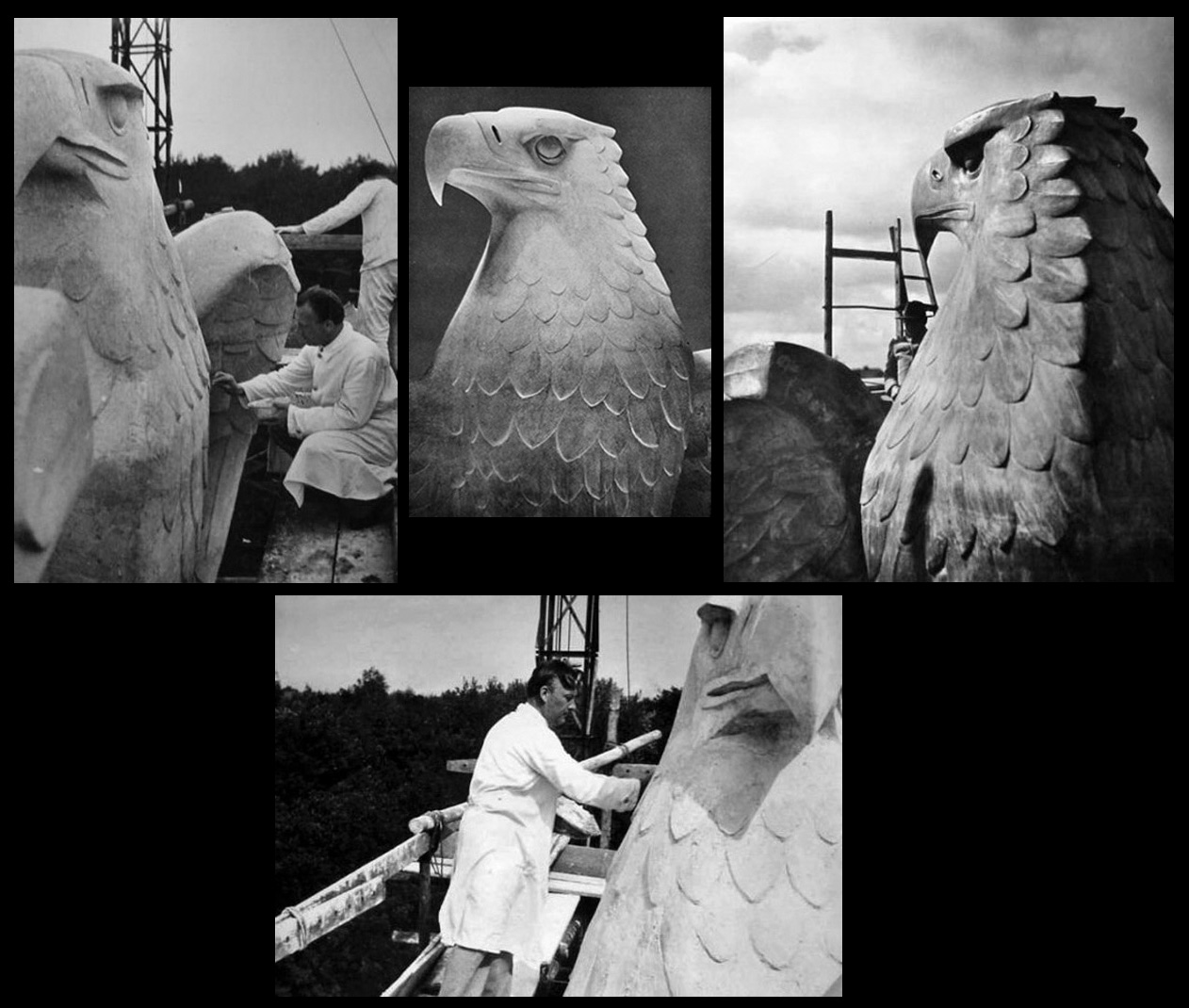
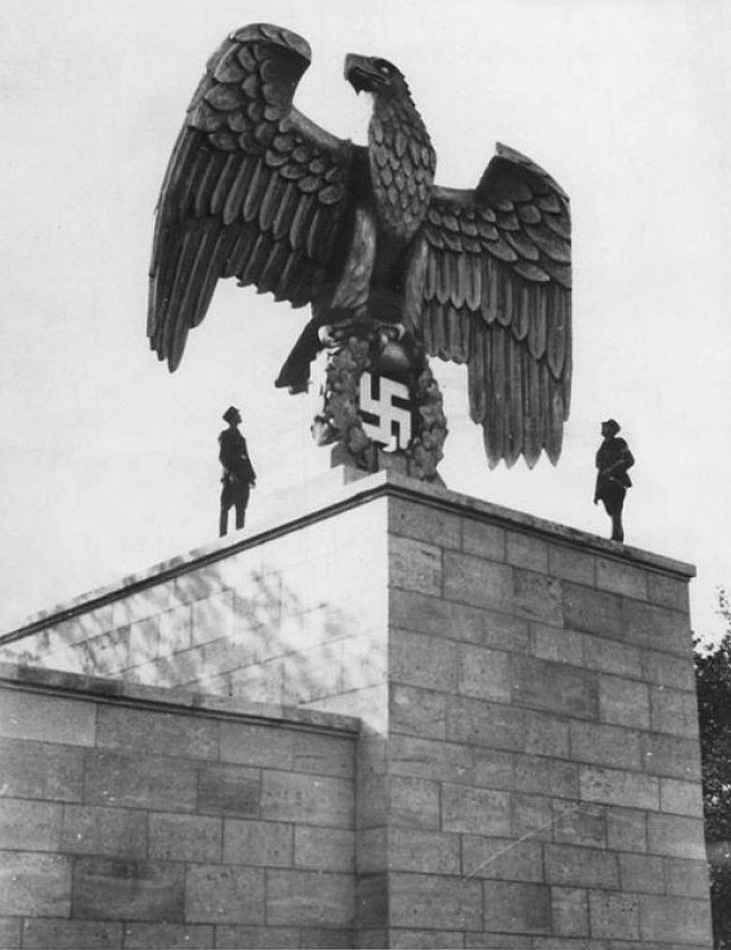
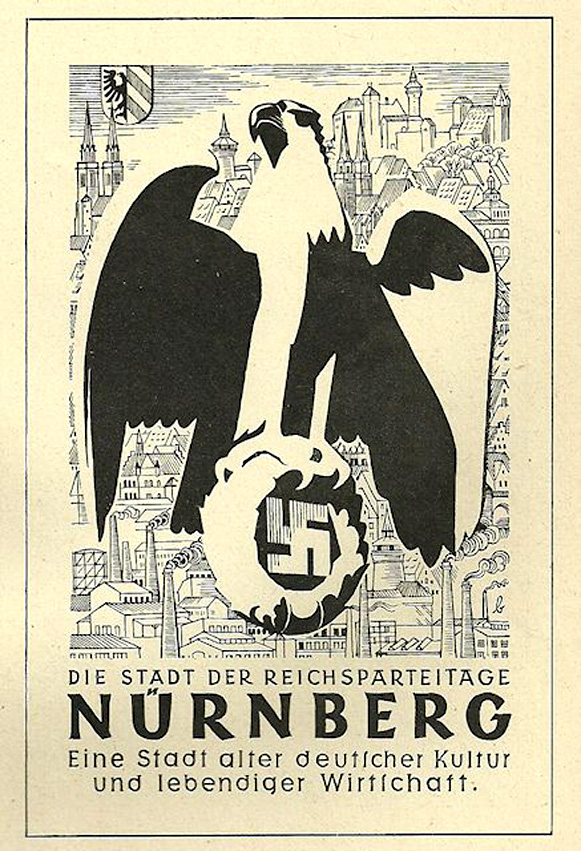
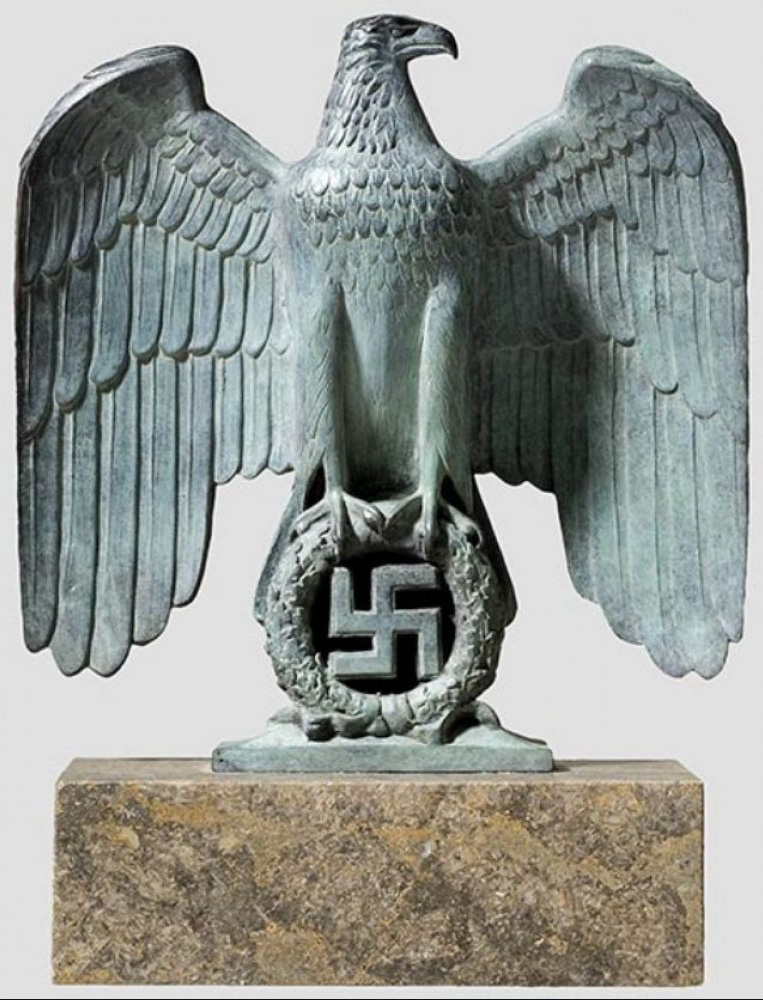
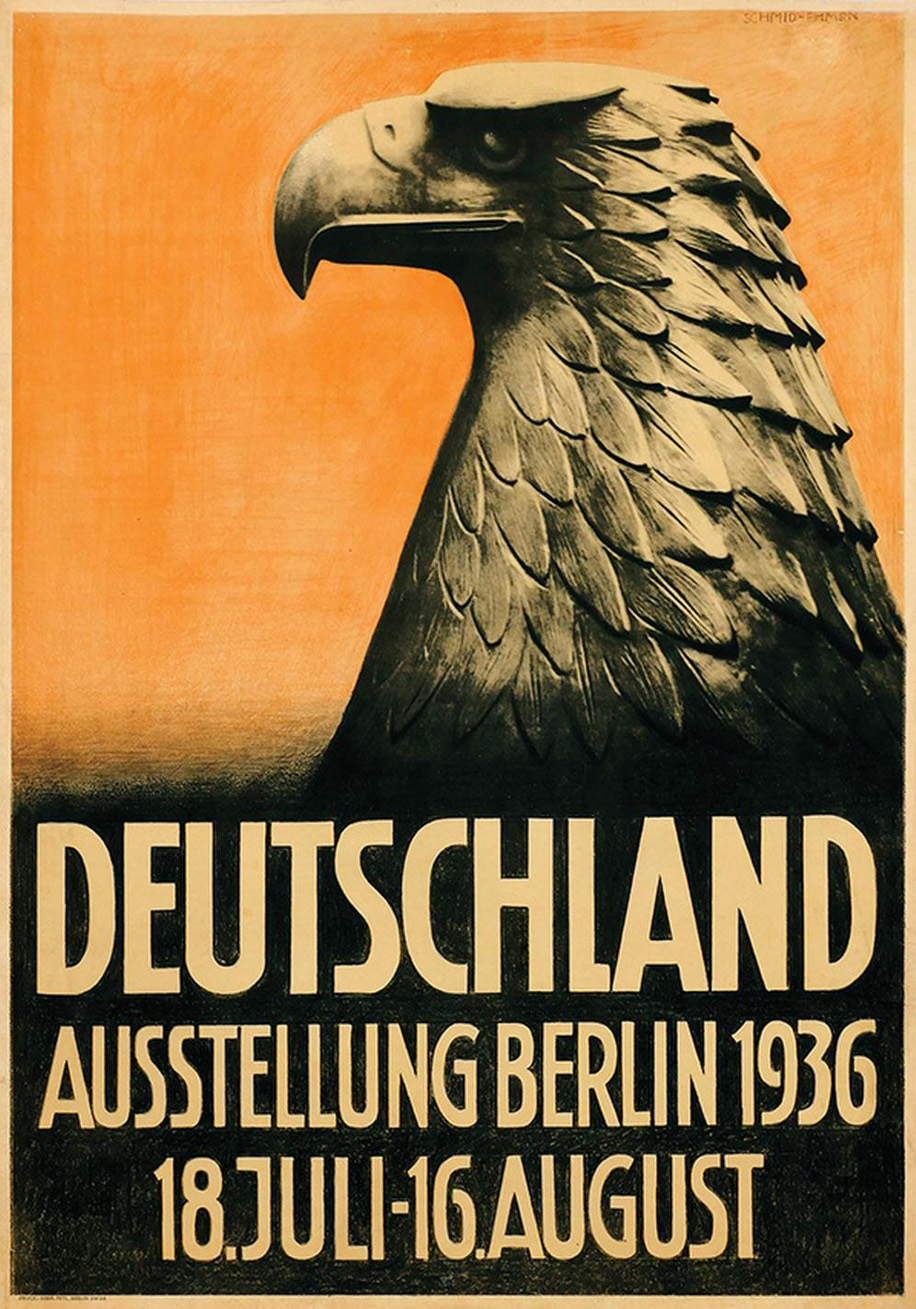
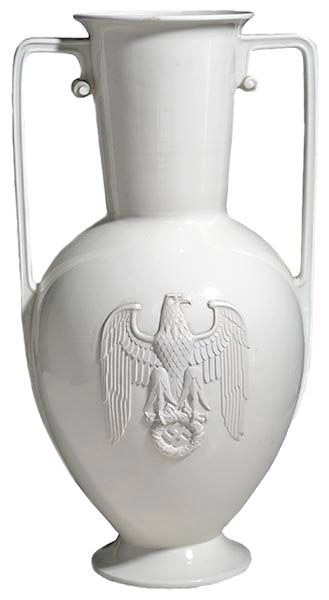
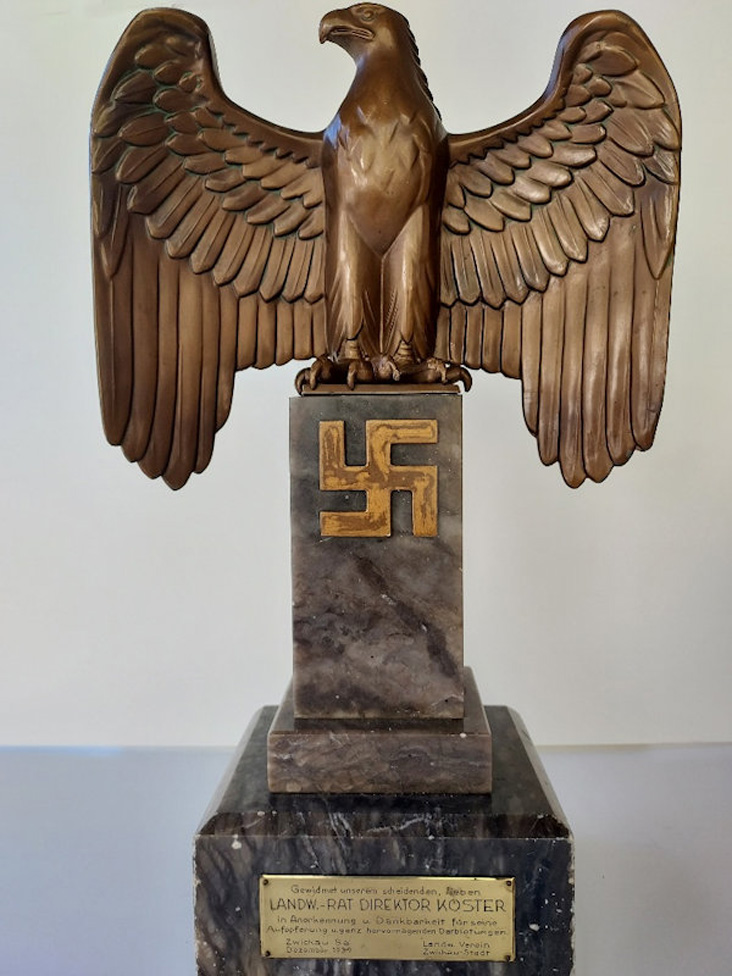
für
Hervorragende
Leistung
Reichsverband
für Hundewesen'
for
Excellent
Performance
Reich Association
for dogs).]
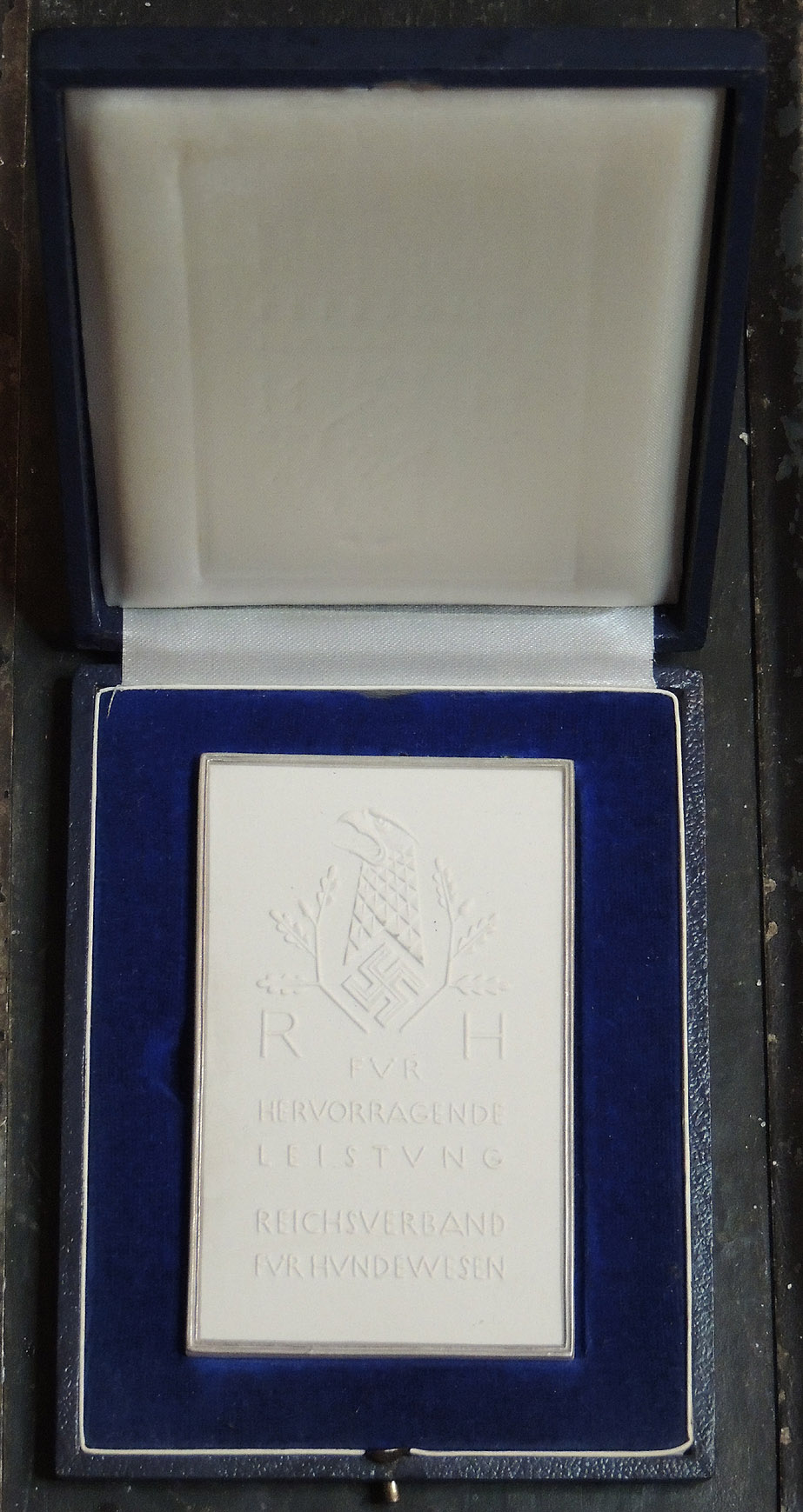
für
Hervorragende
Leistung
Reichsverband
für Hundewesen'
for
Excellent
Performance
Reich Association
for dogs).]
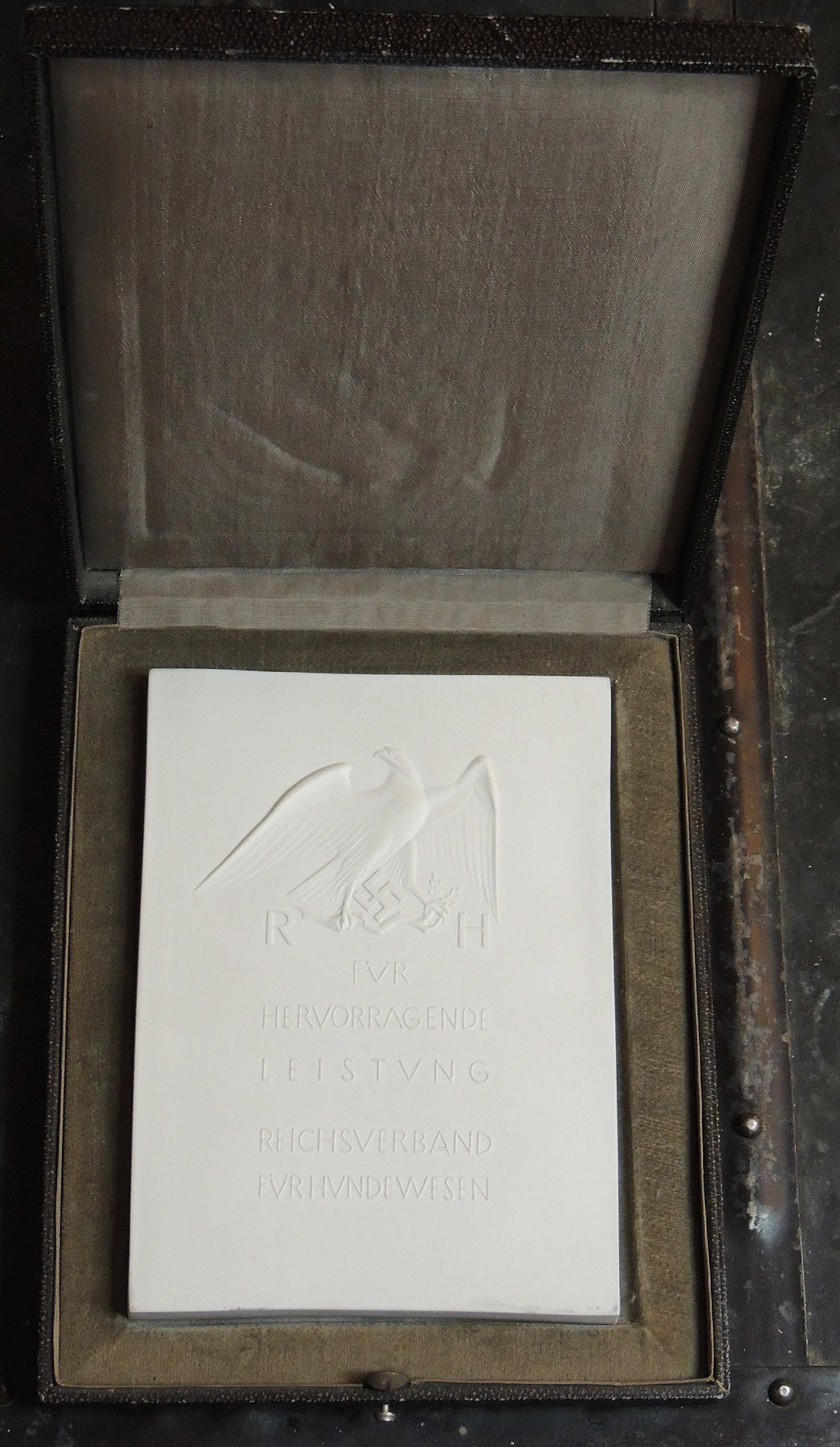
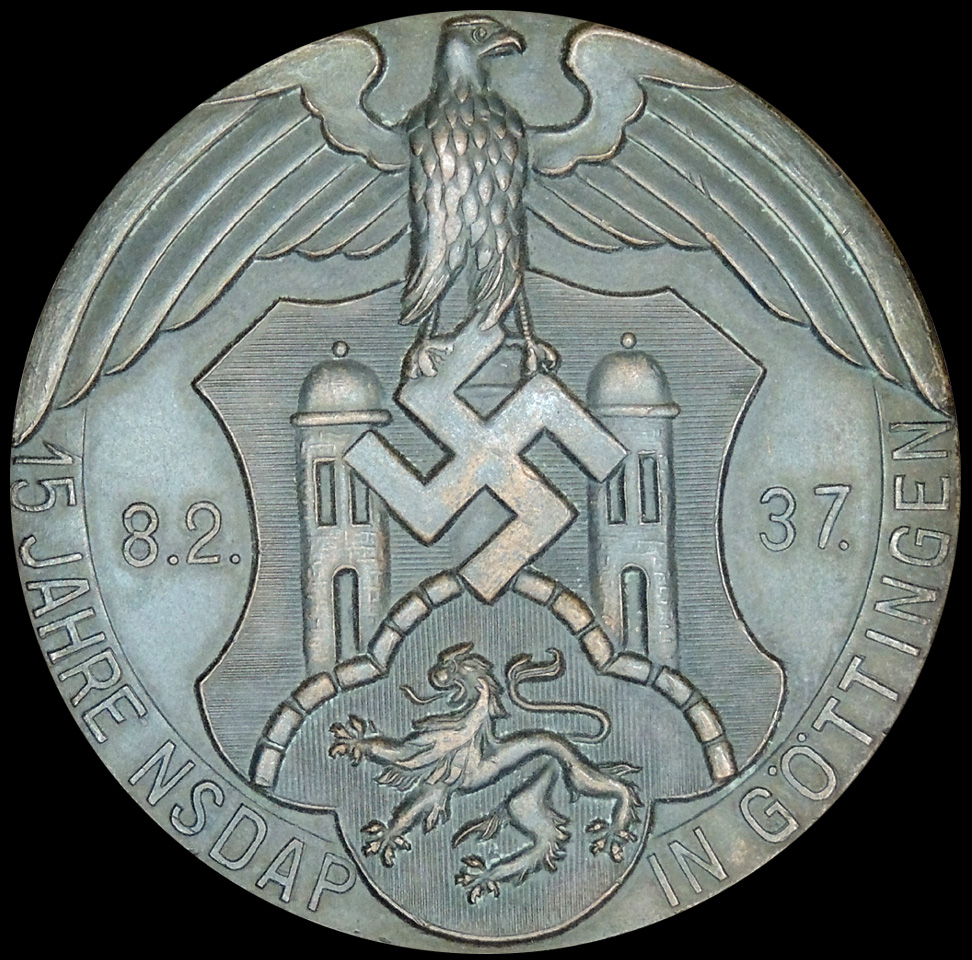



für das Deutsche
Hundewesen
RDH
für
Hervorragende
Leistung'
for the German
Dogs
RDH
for
Outstanding
Performance).]
